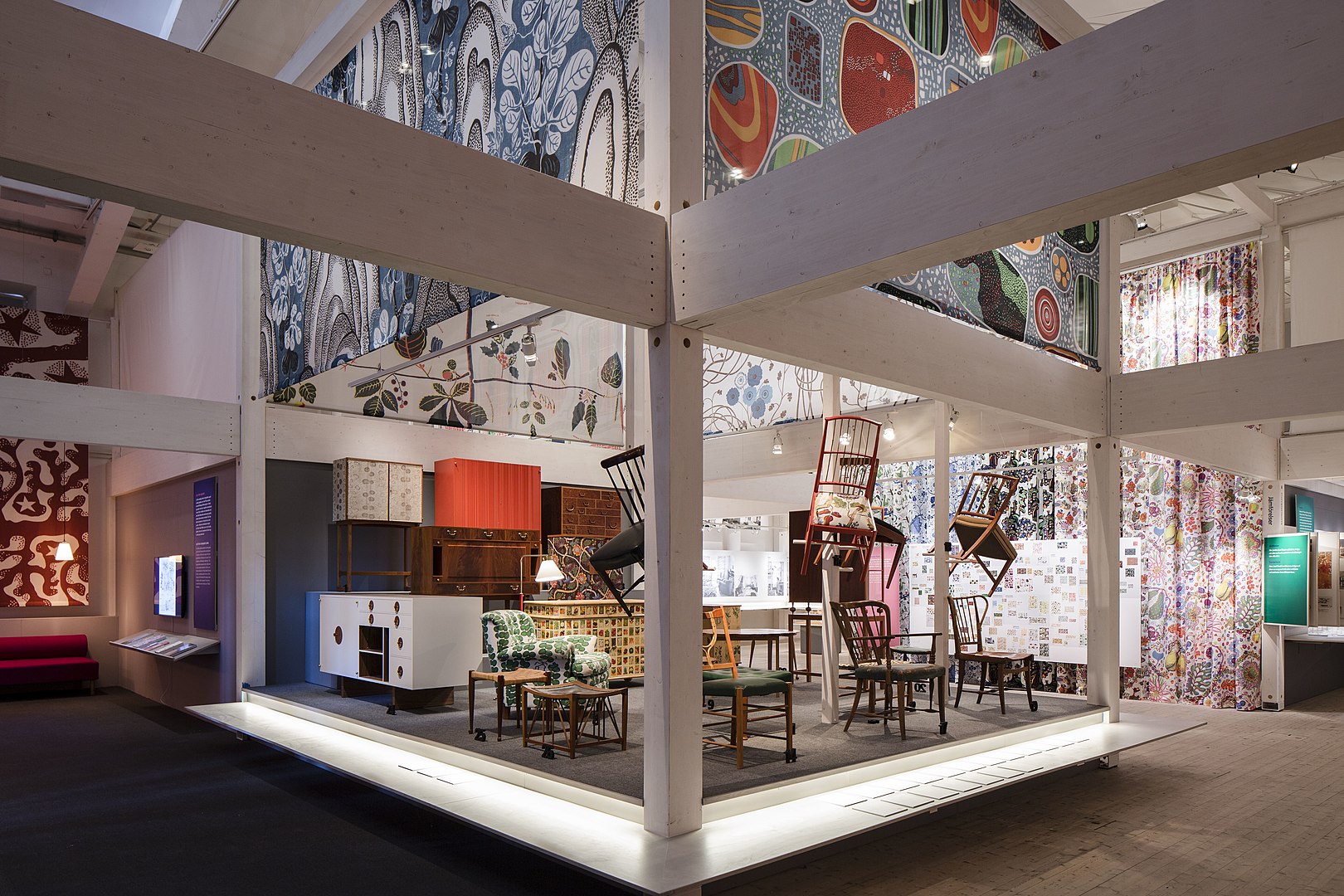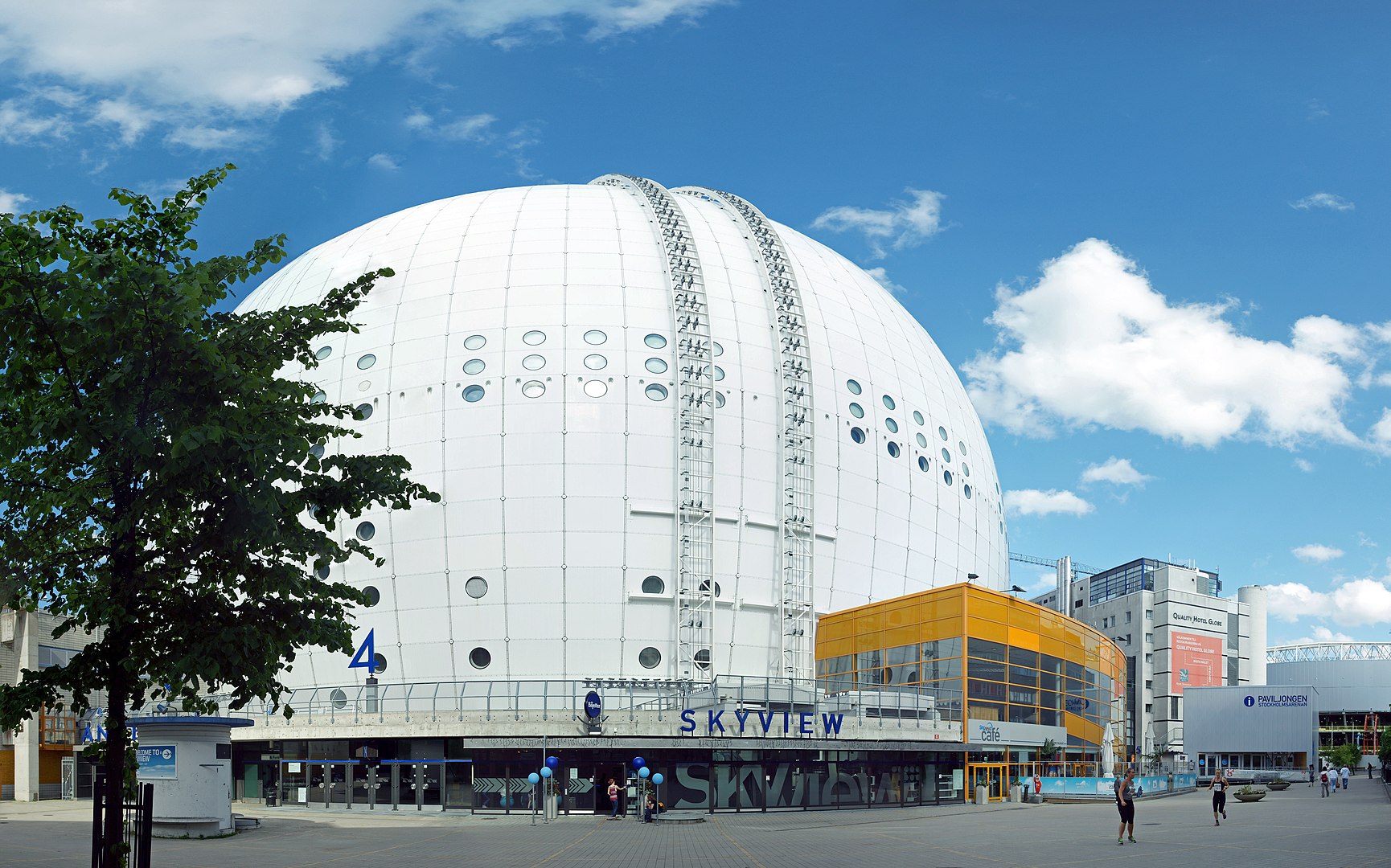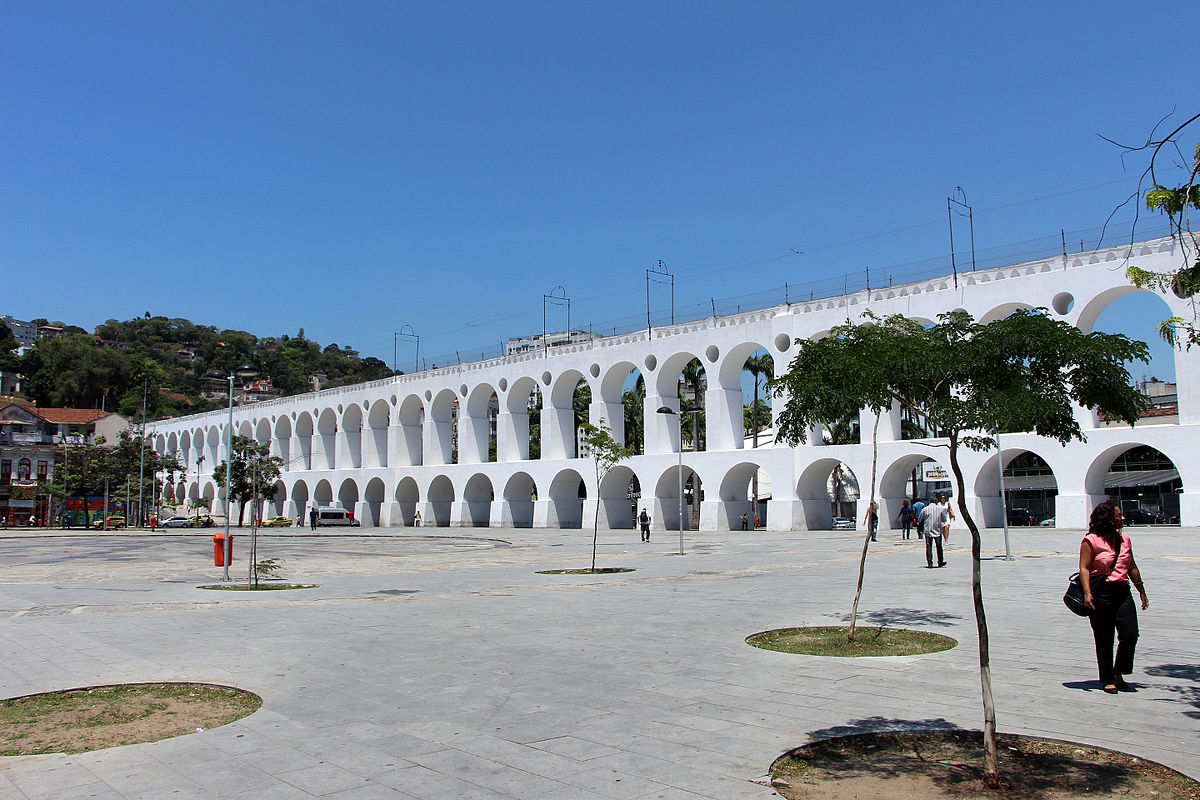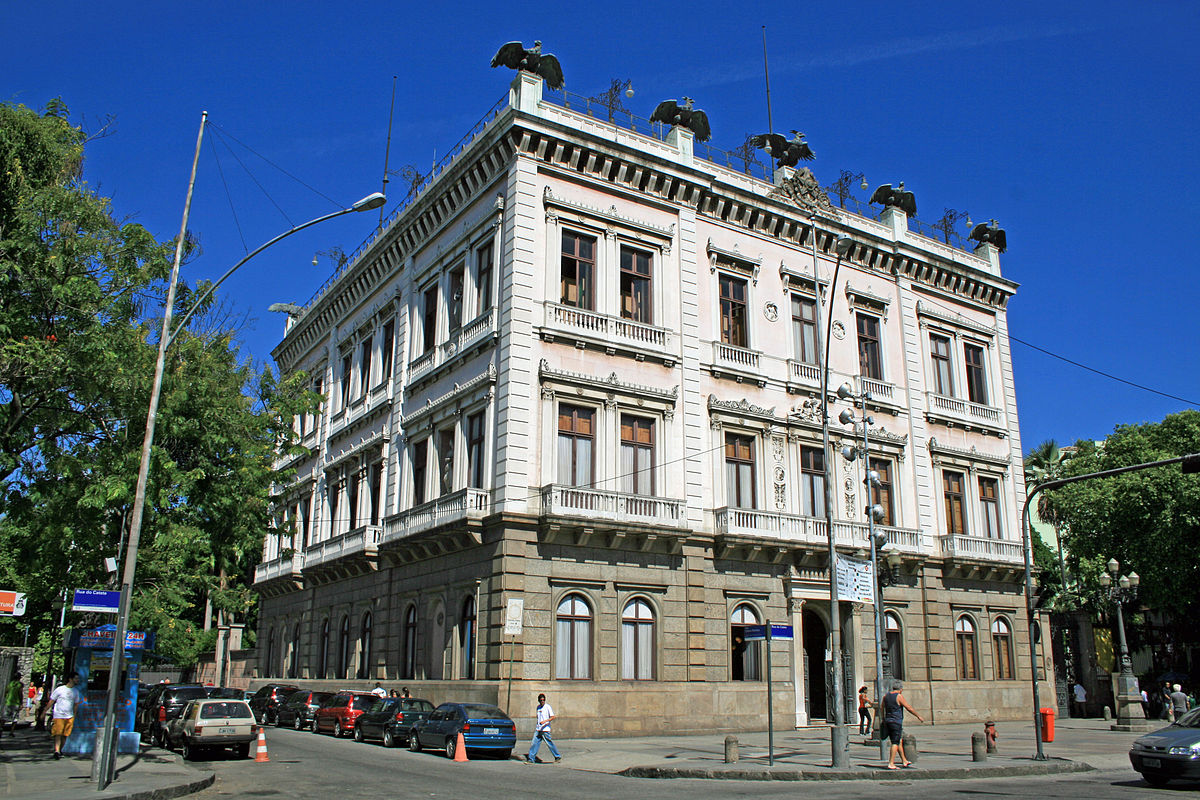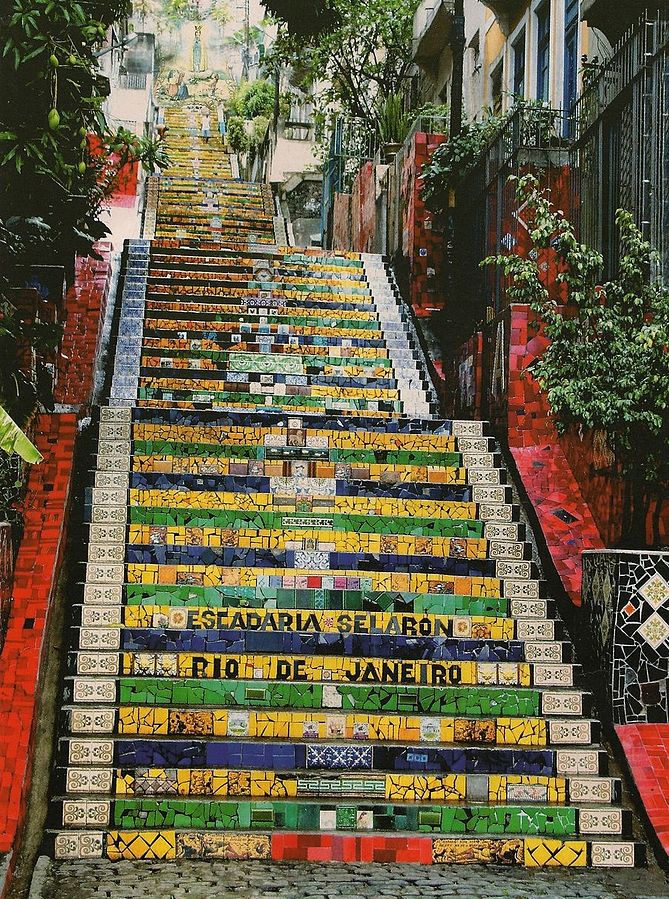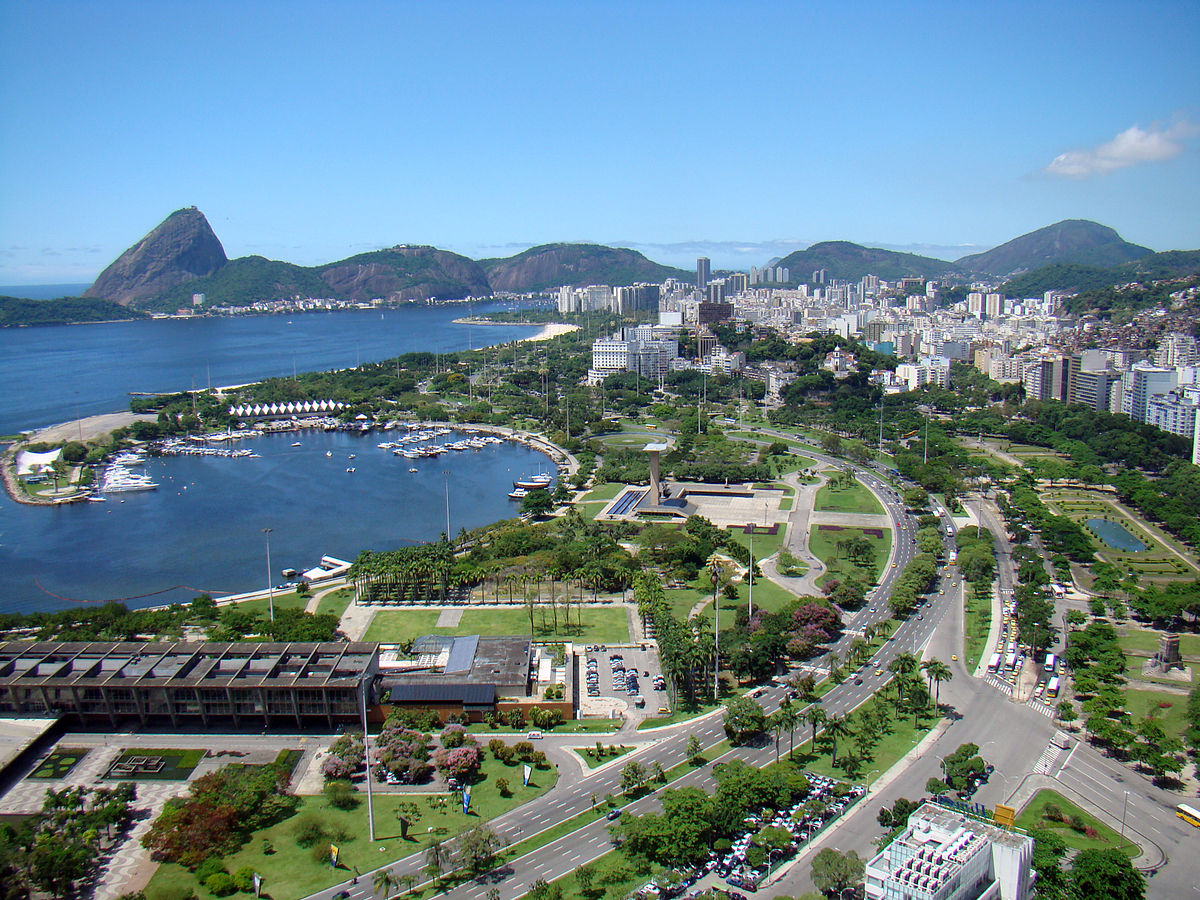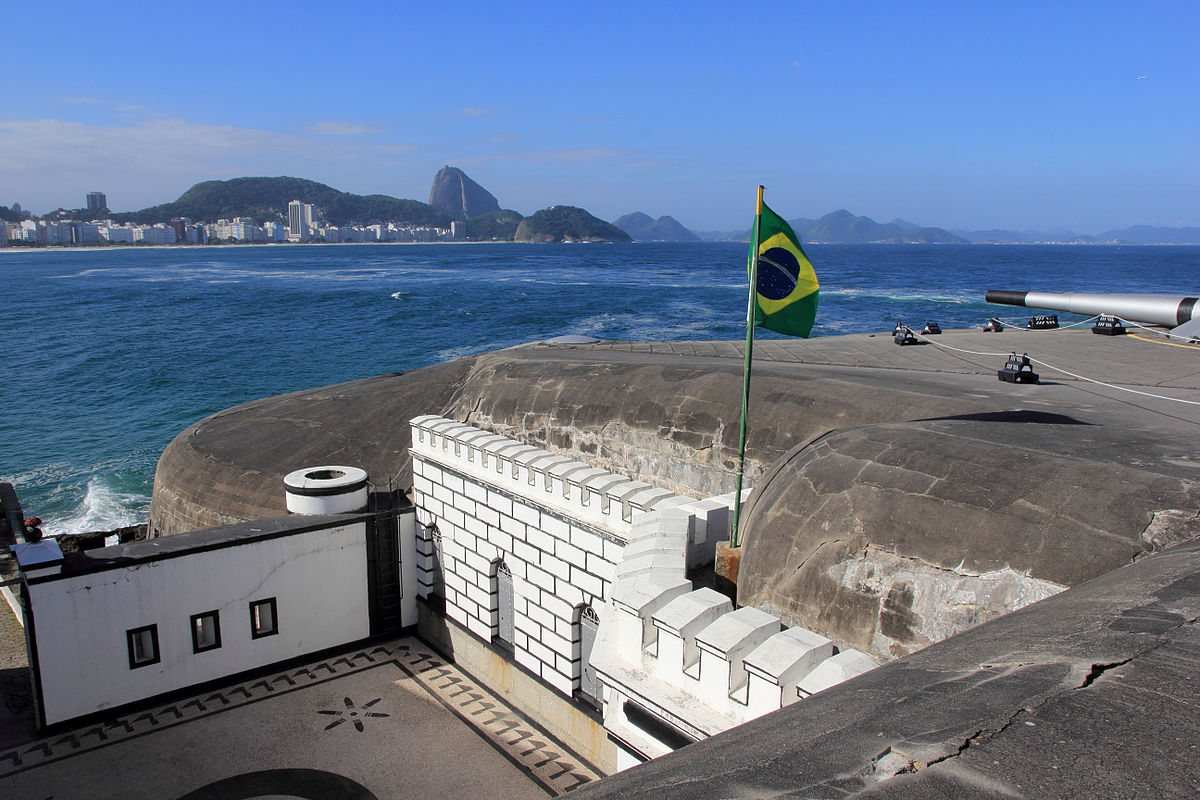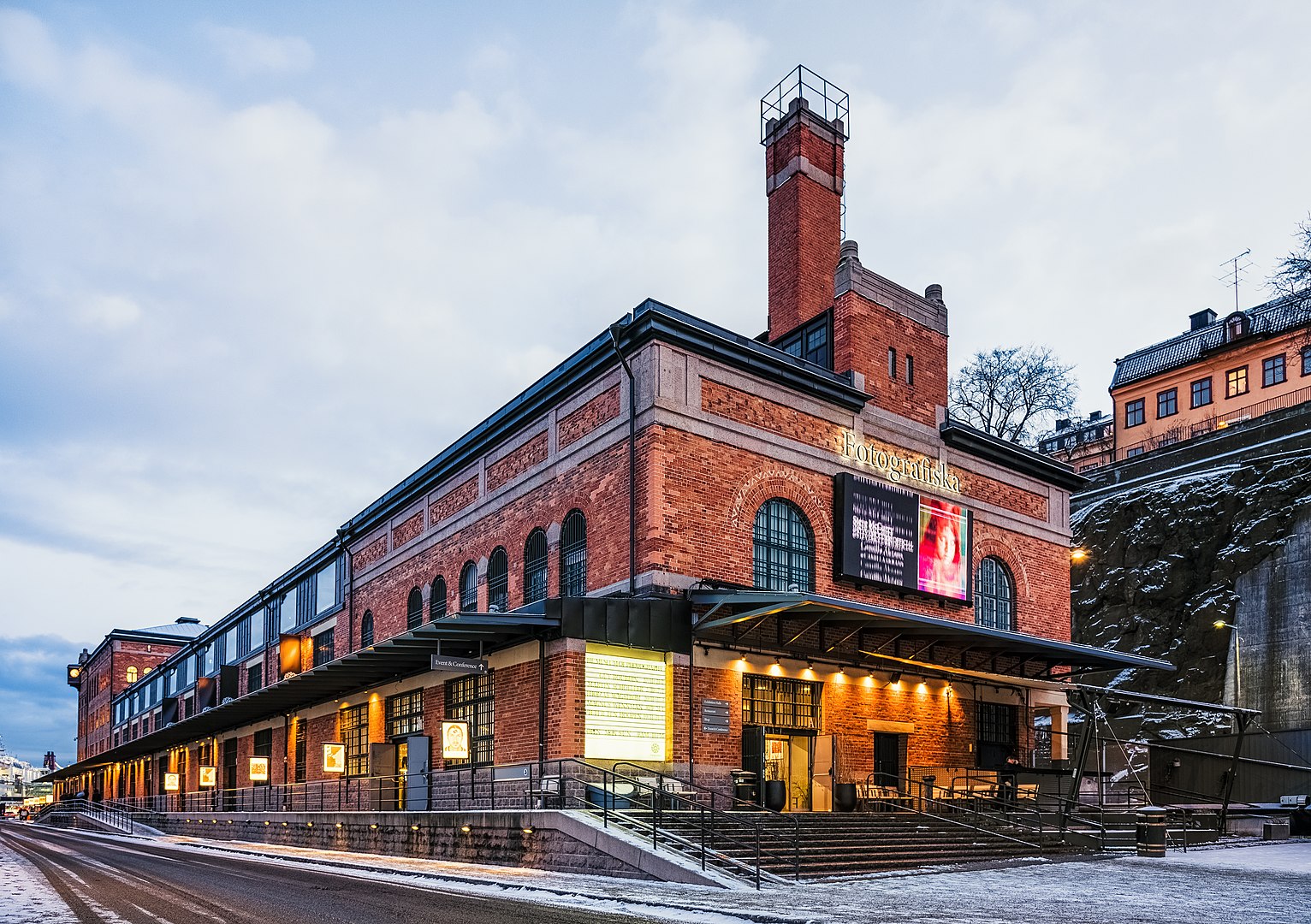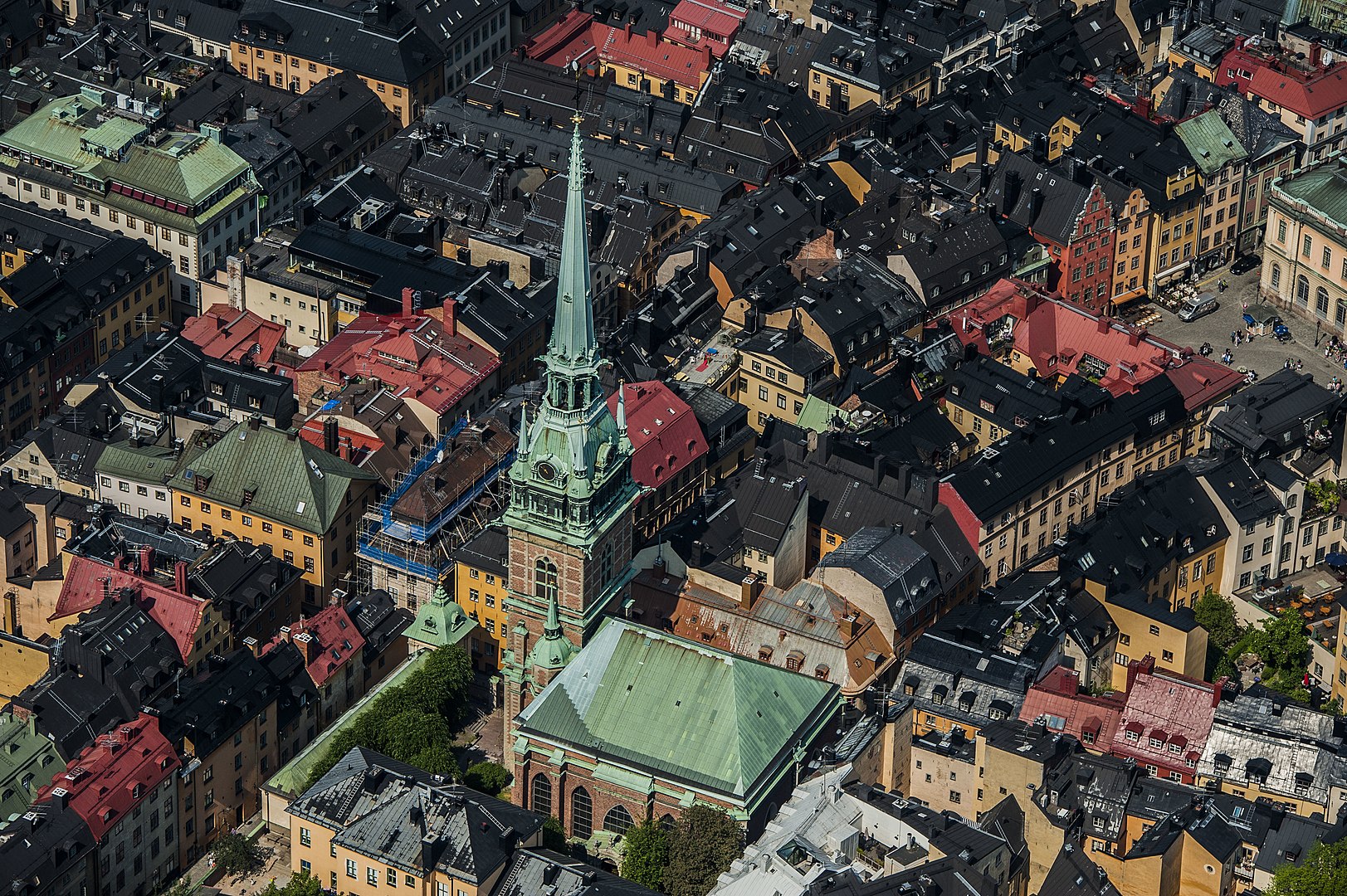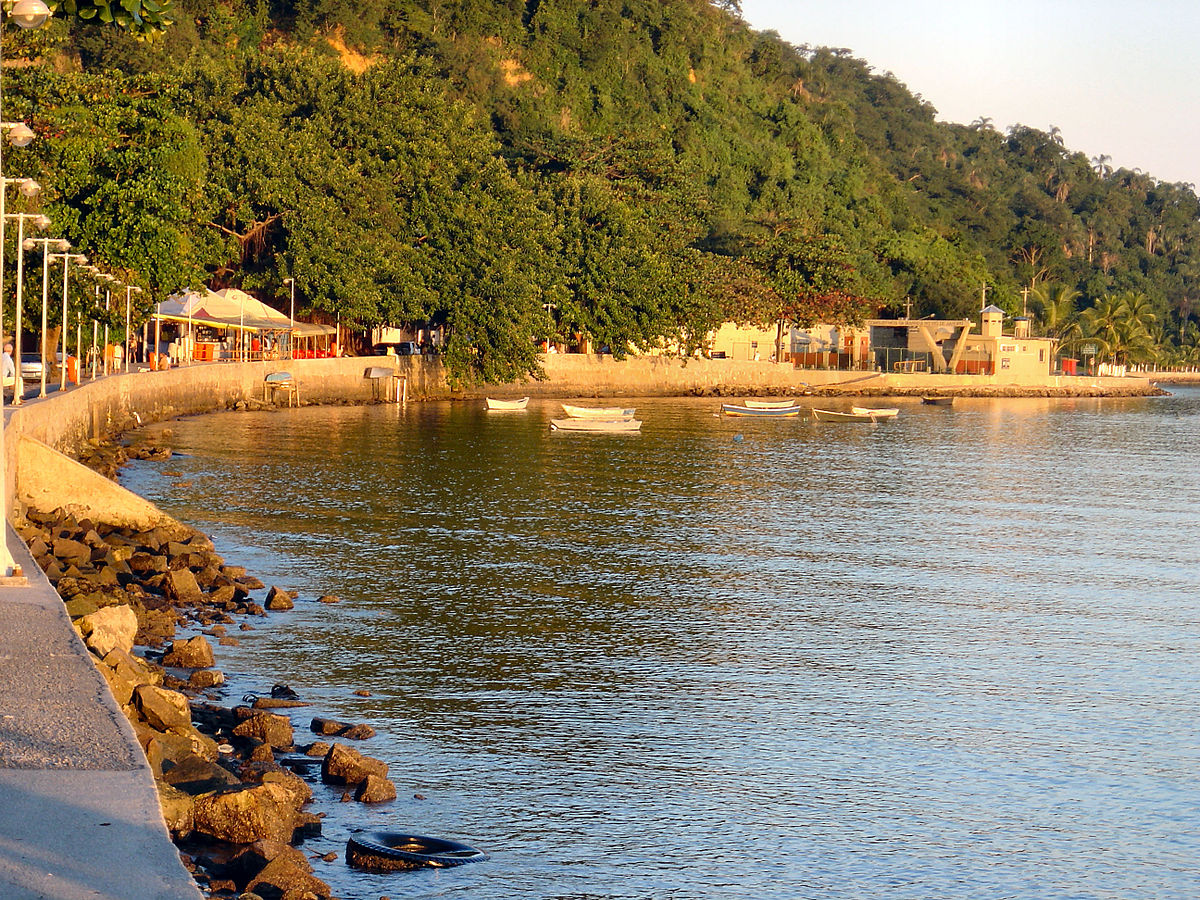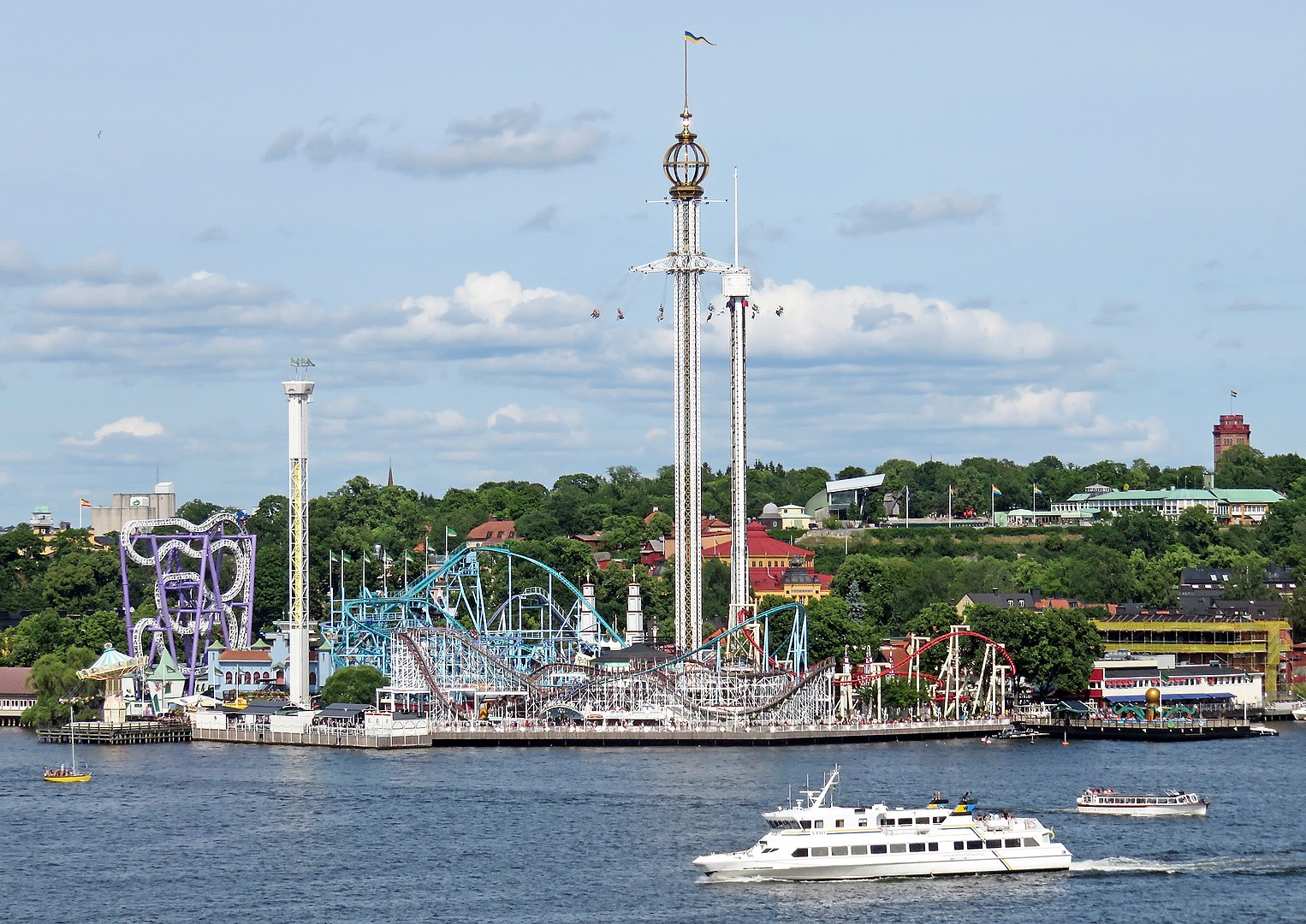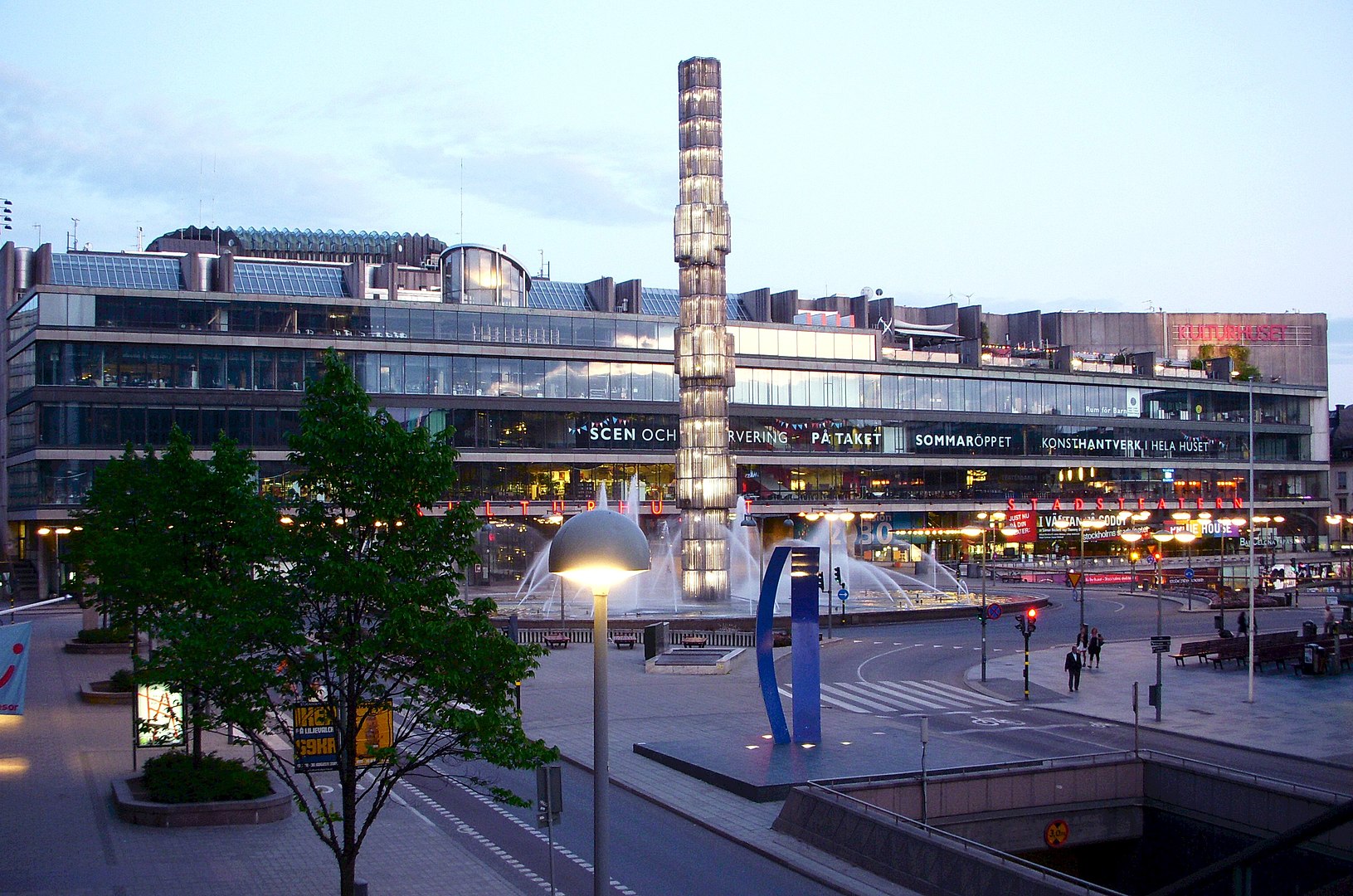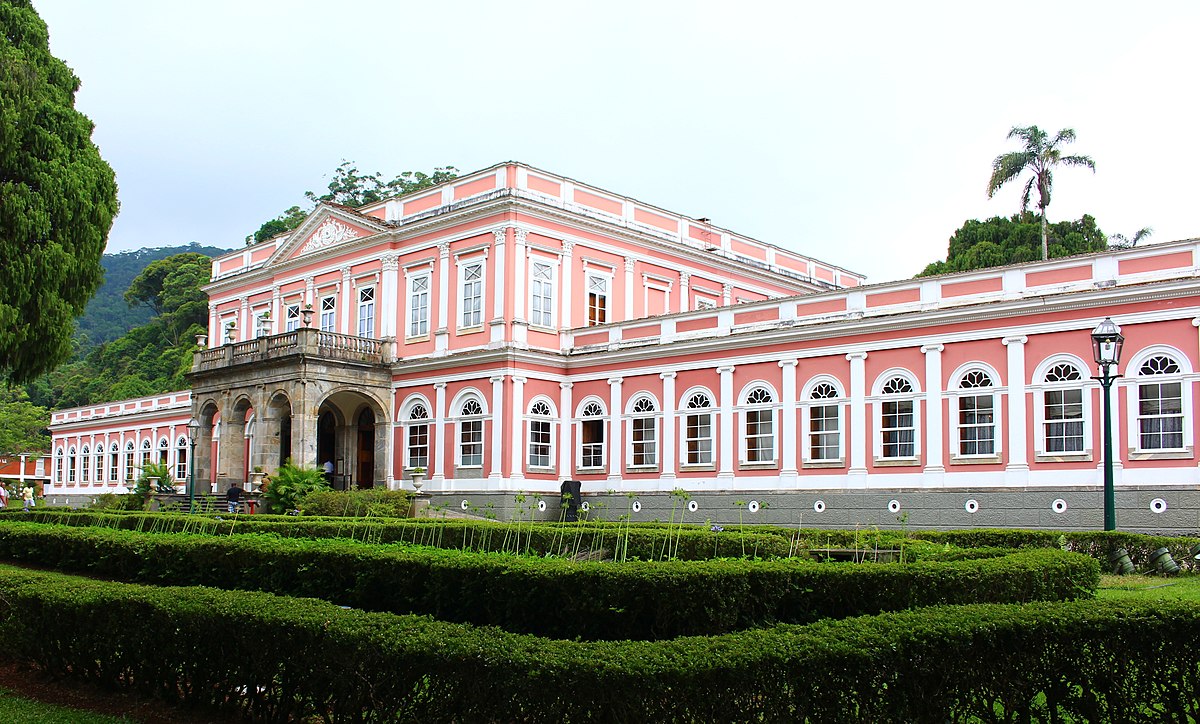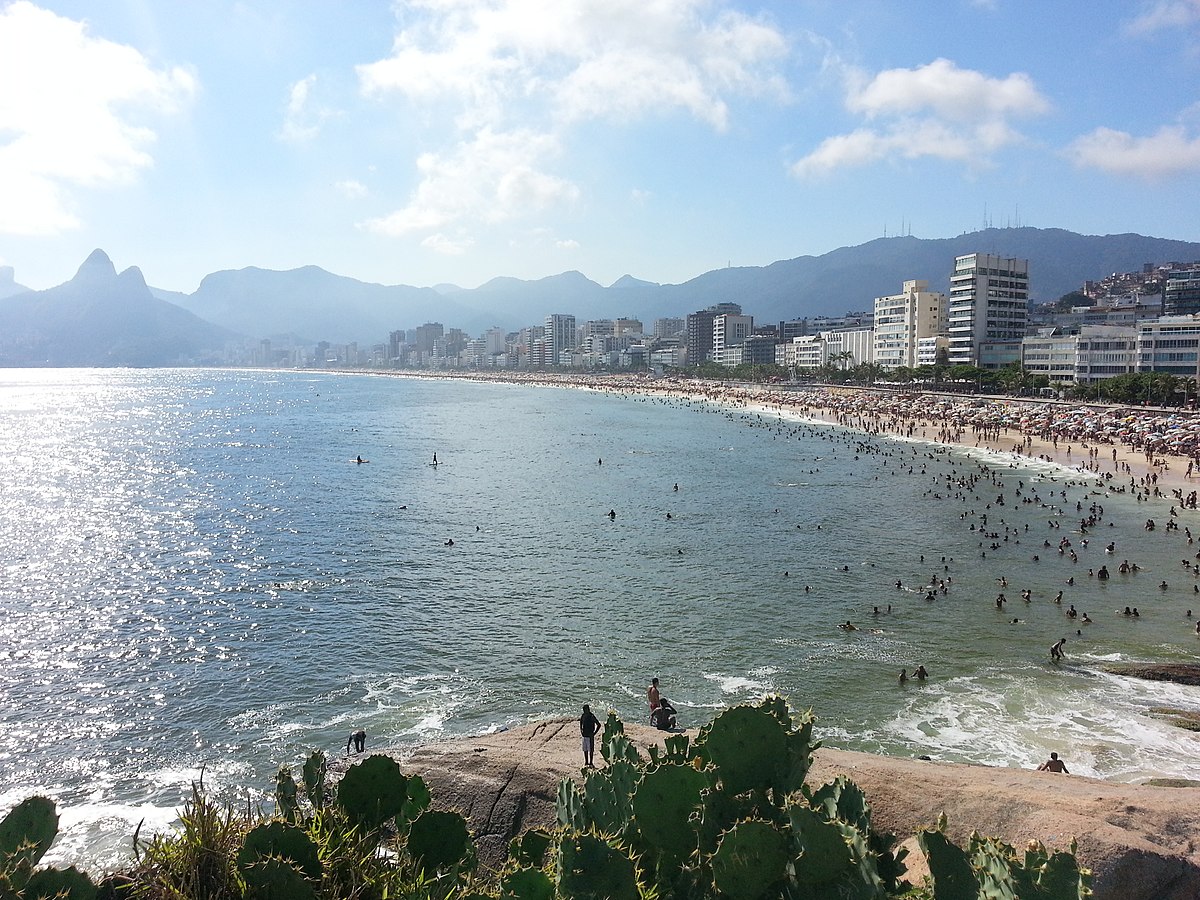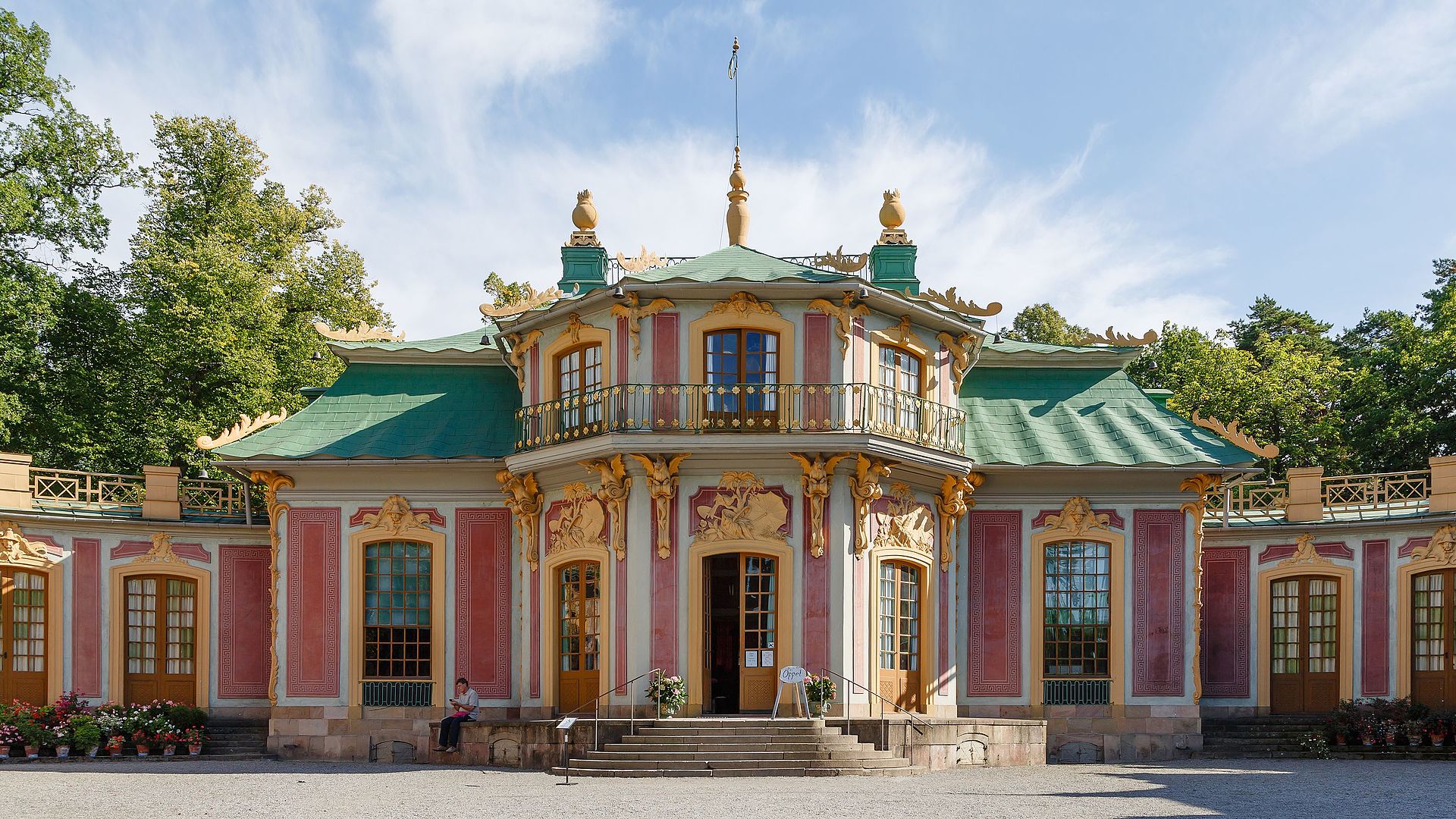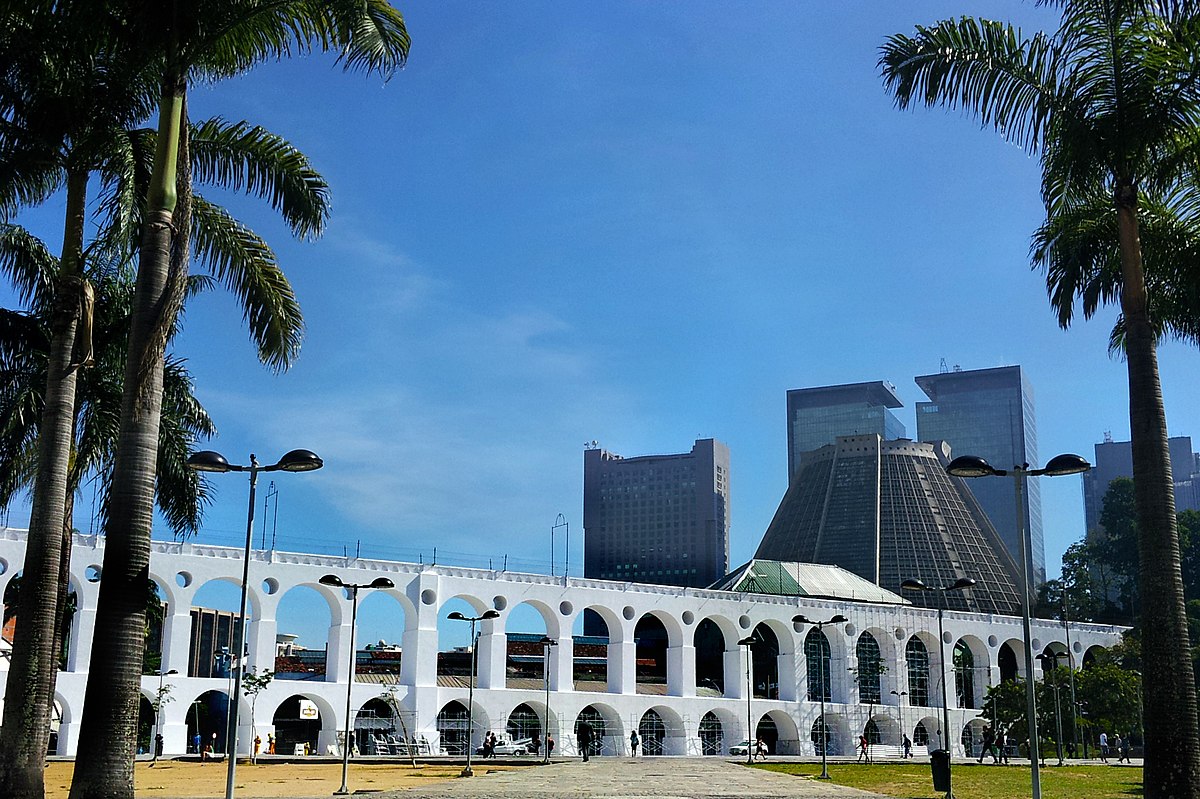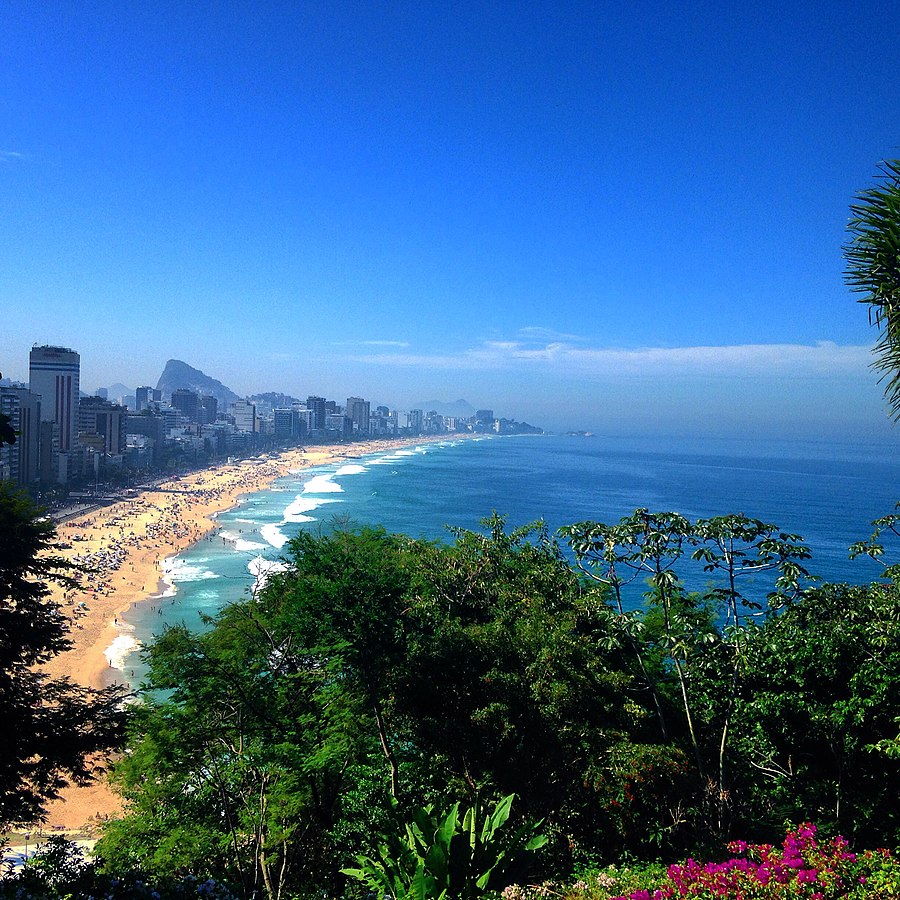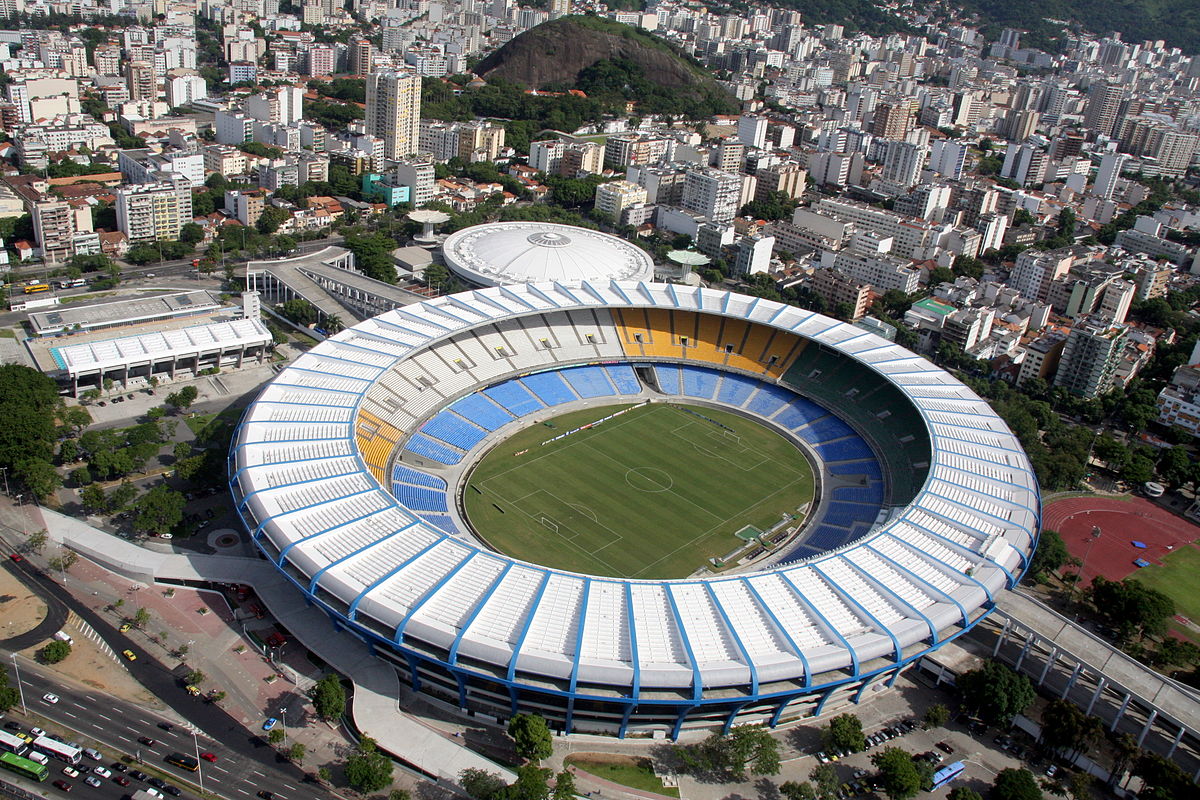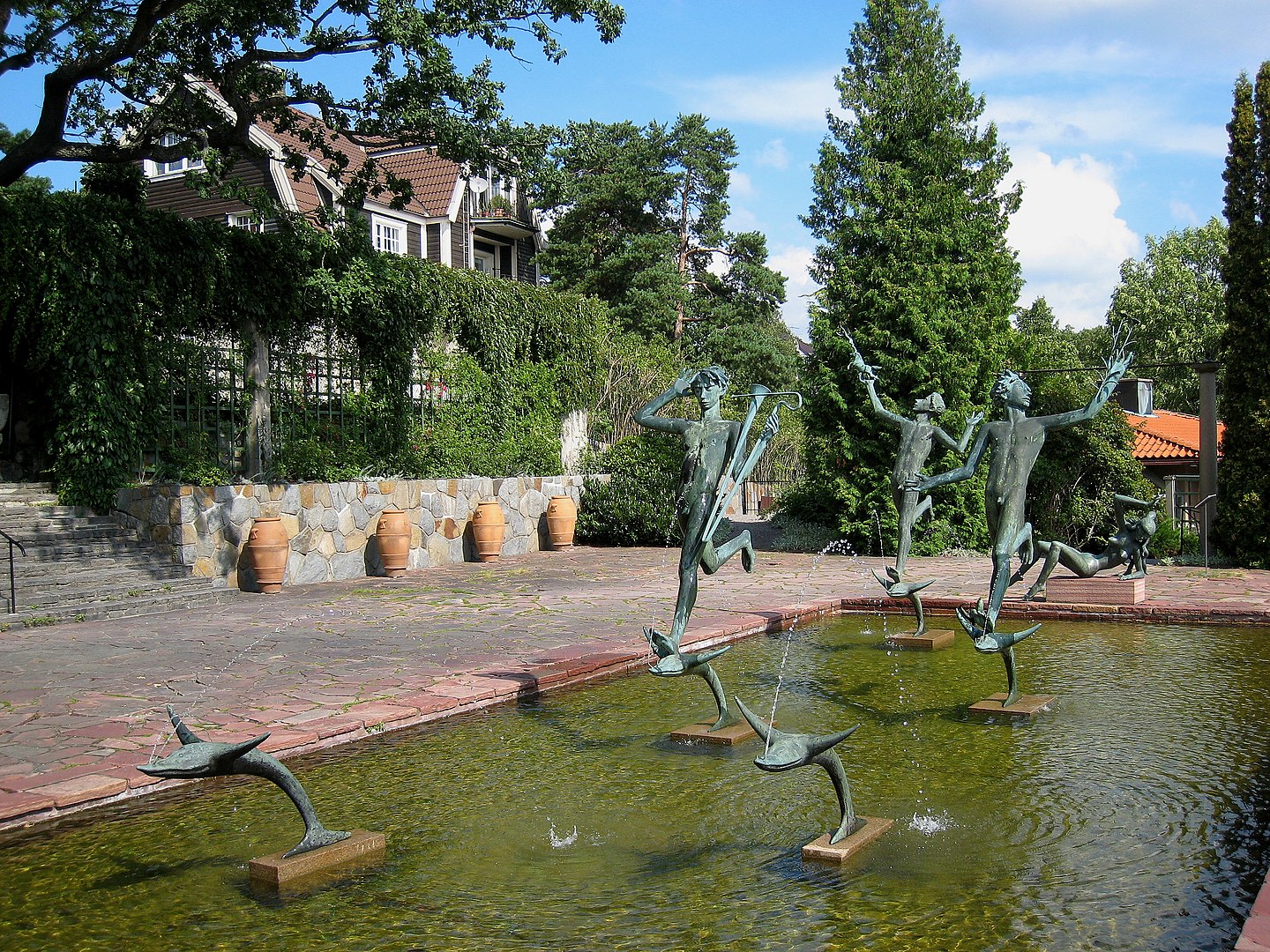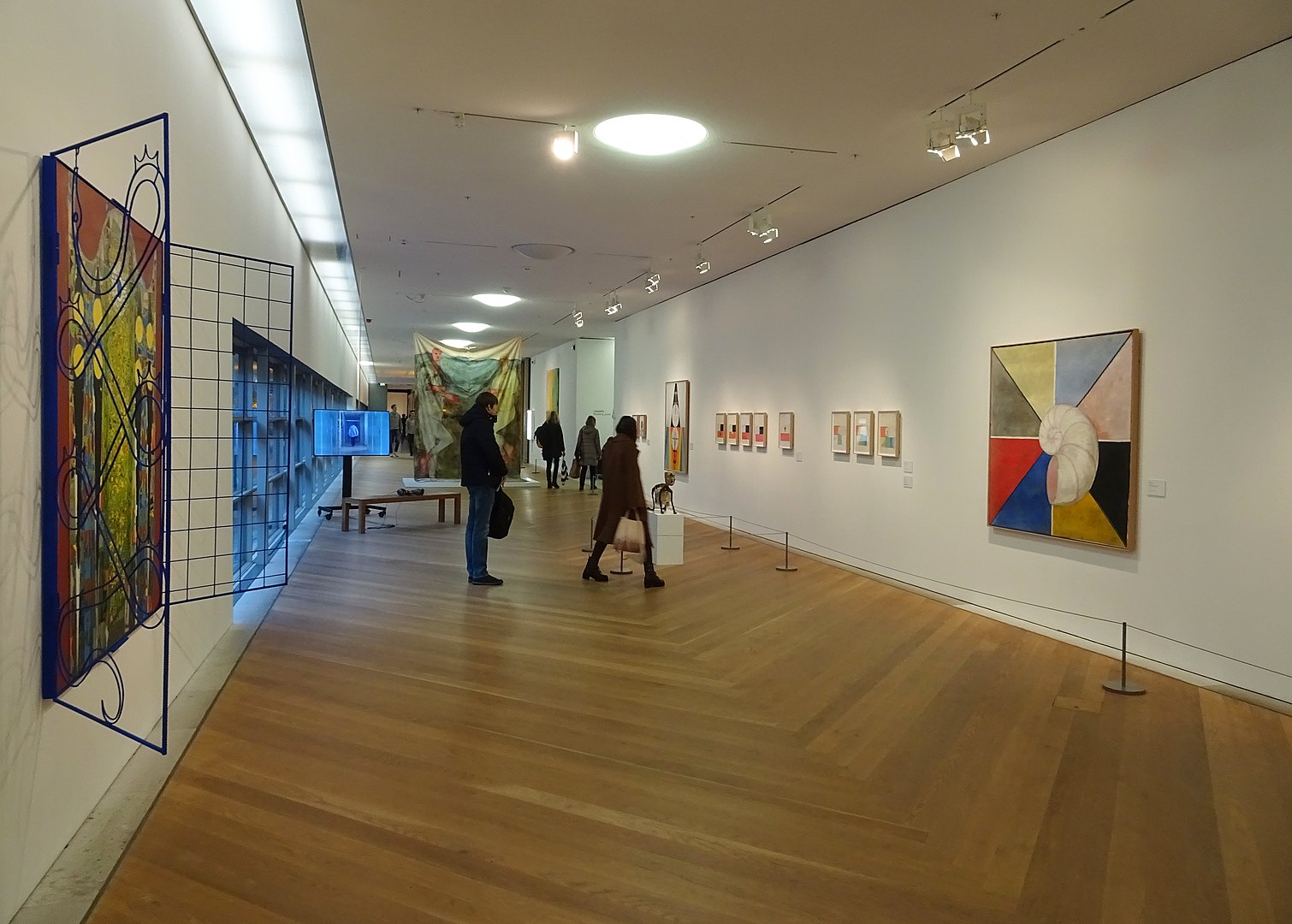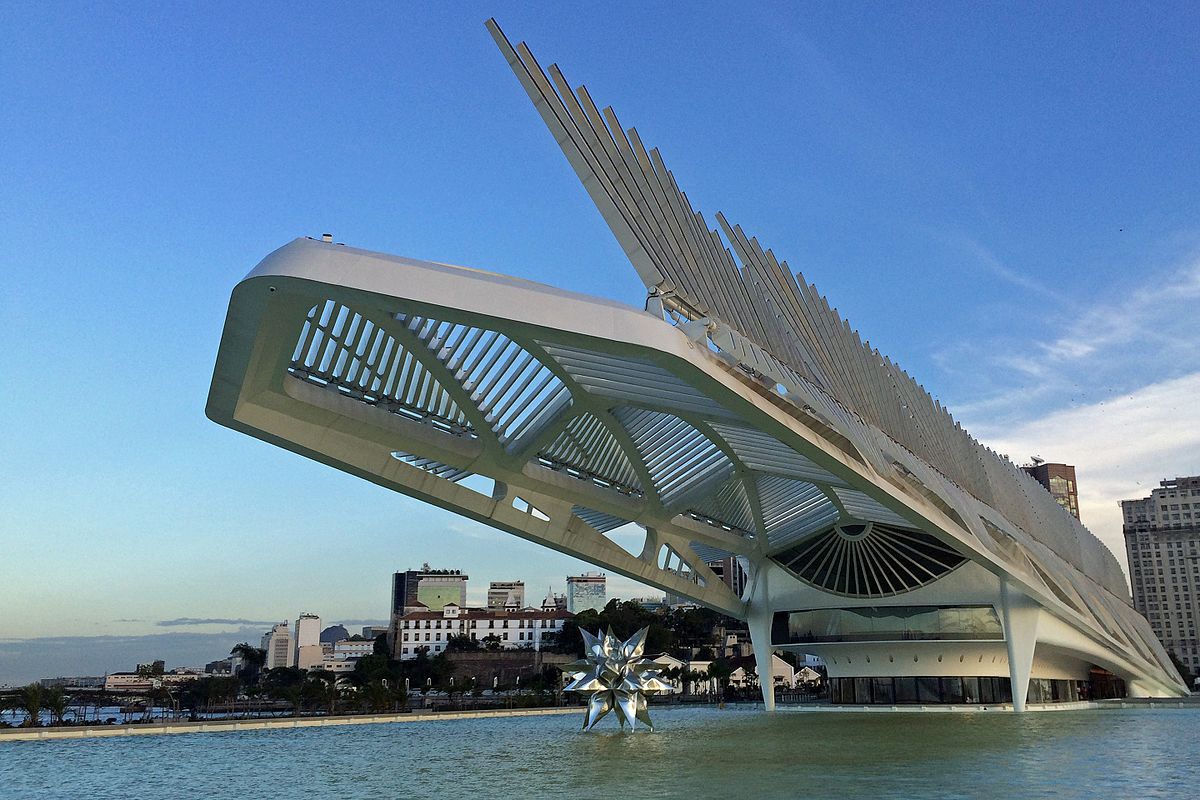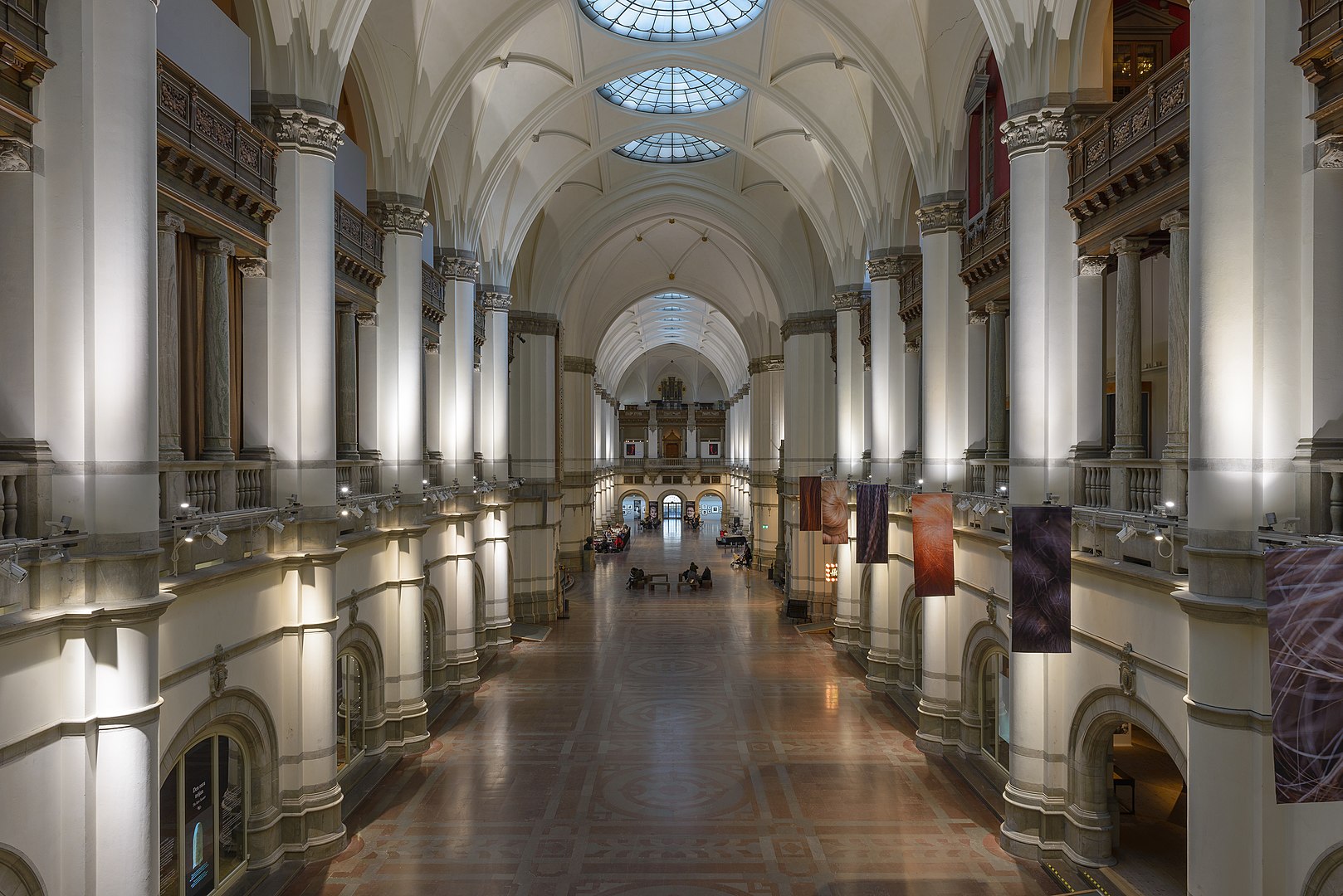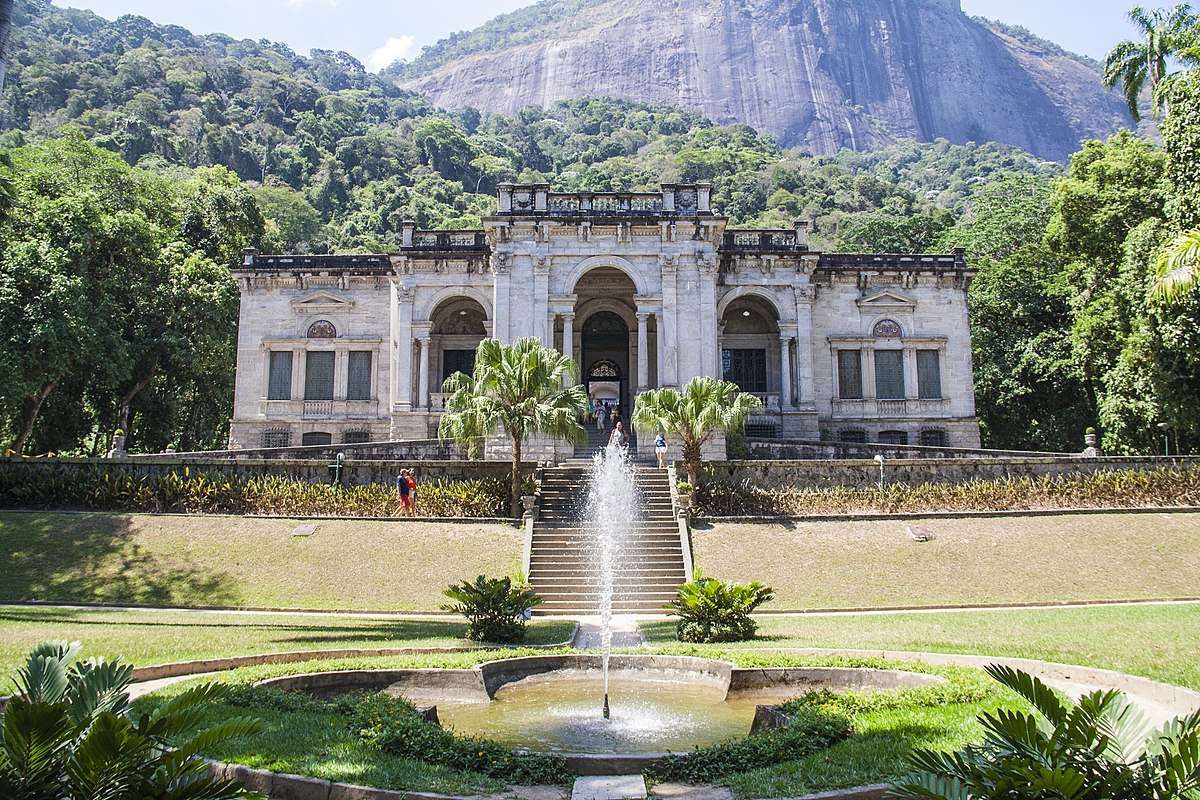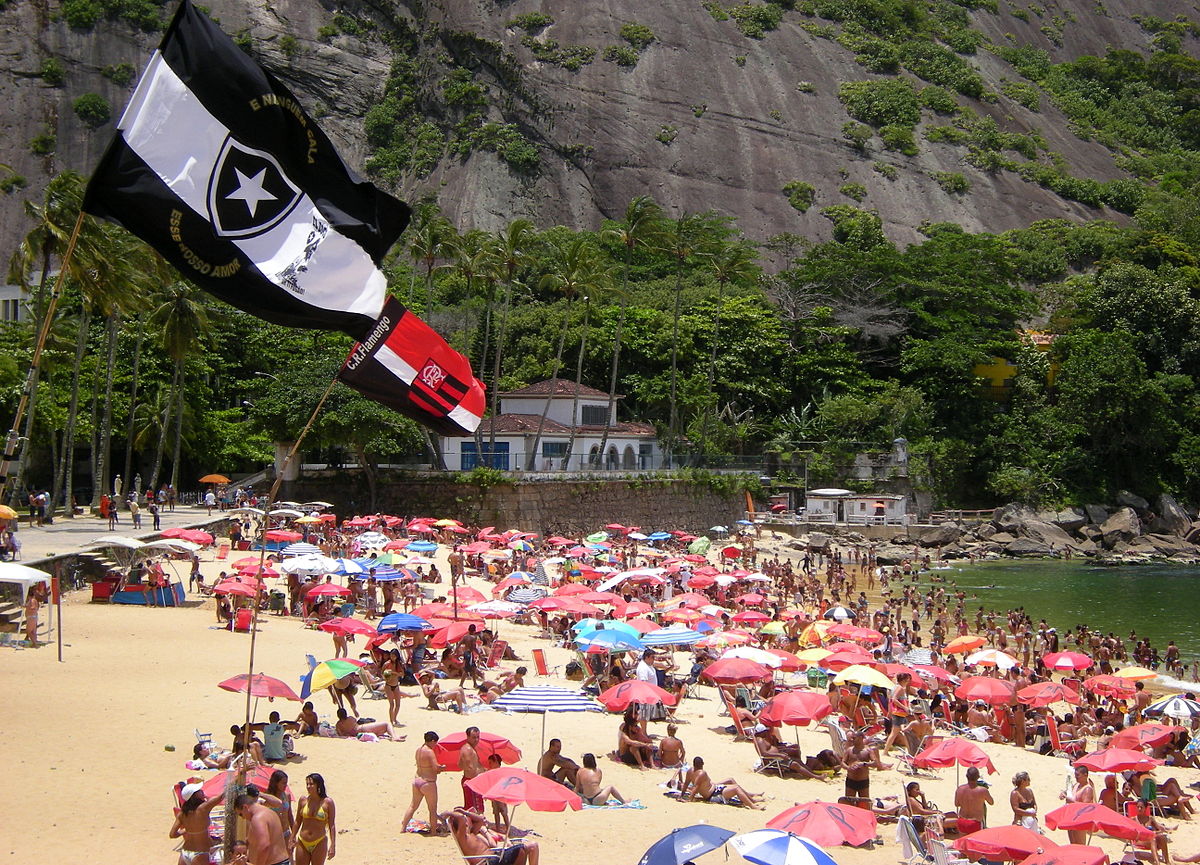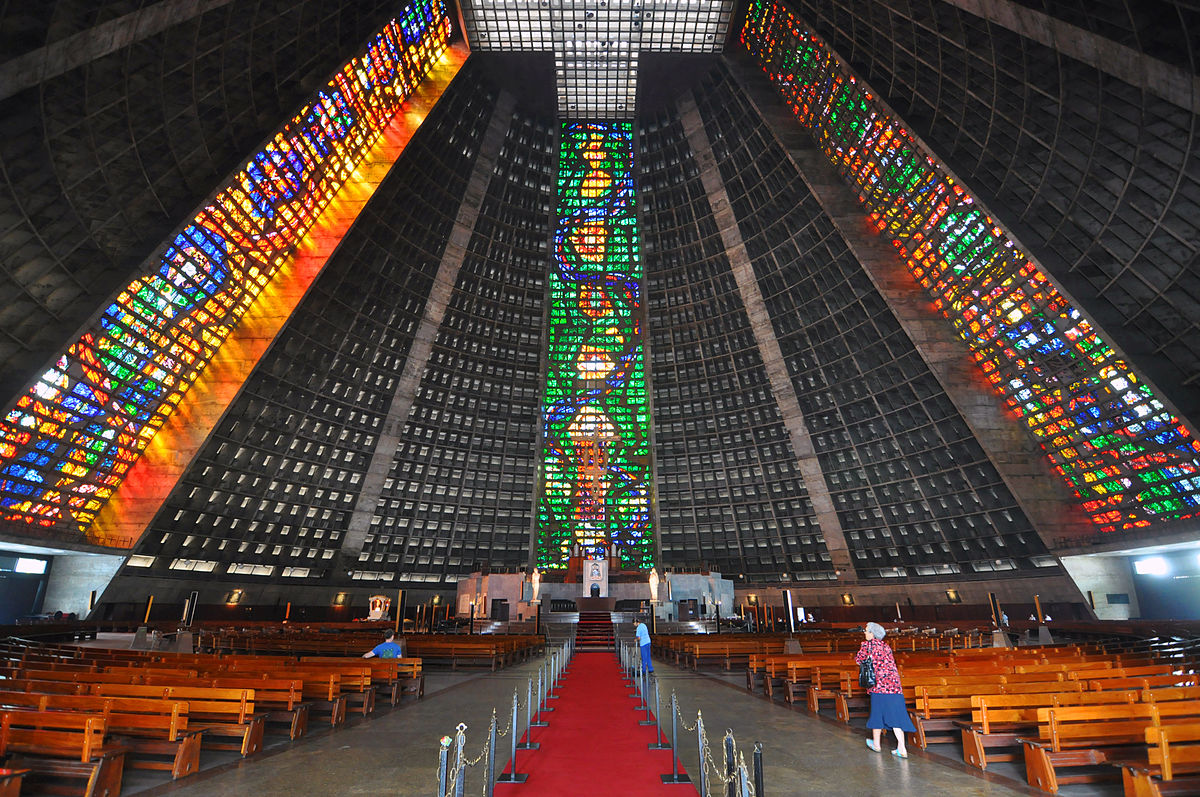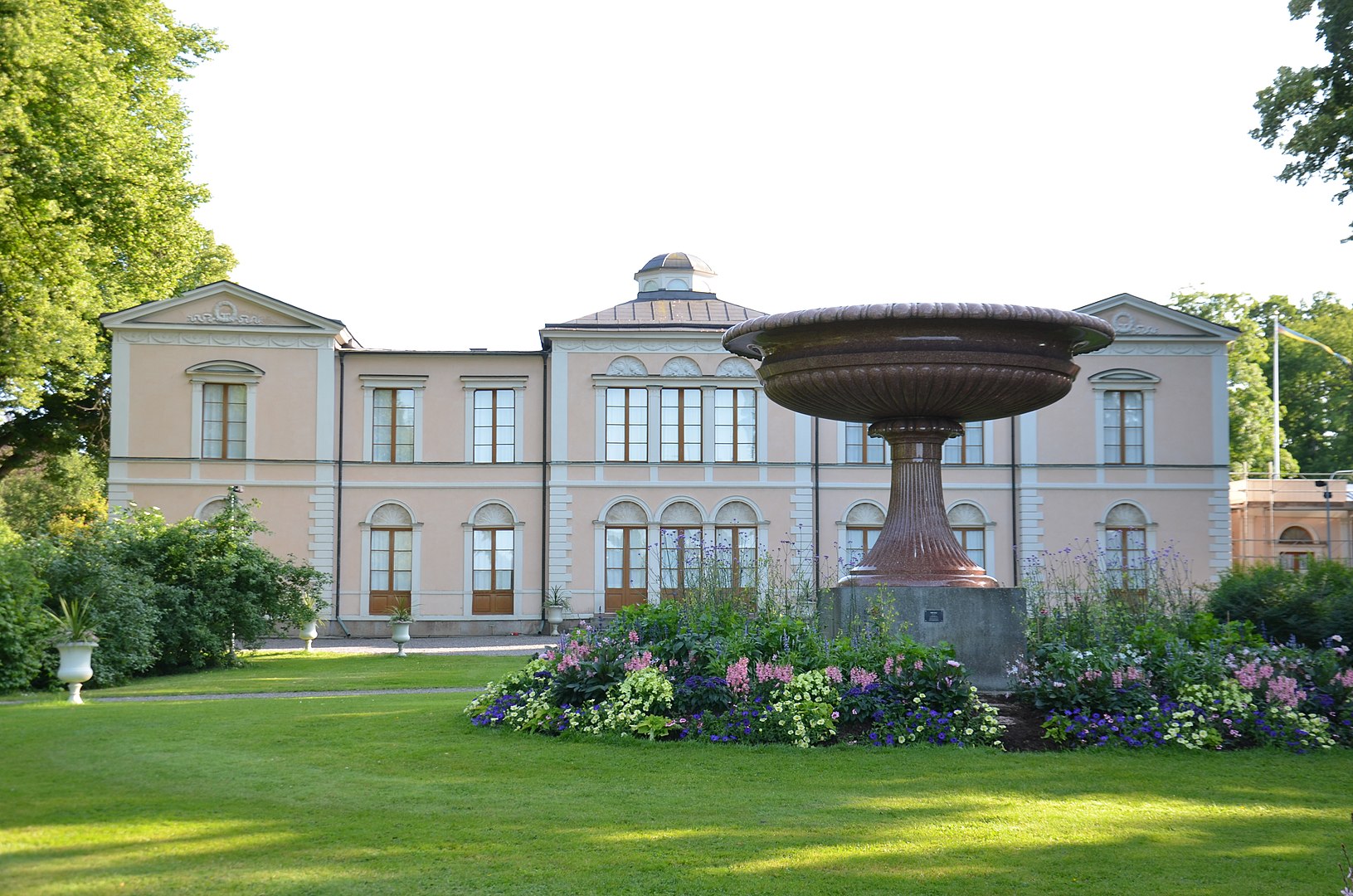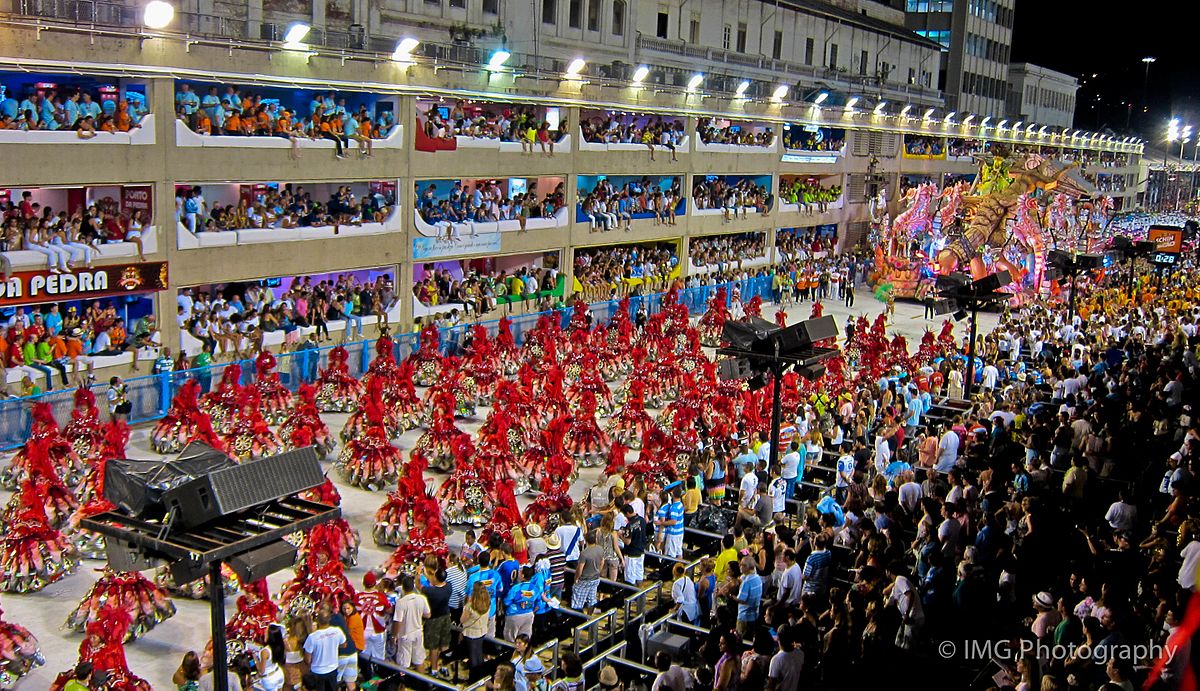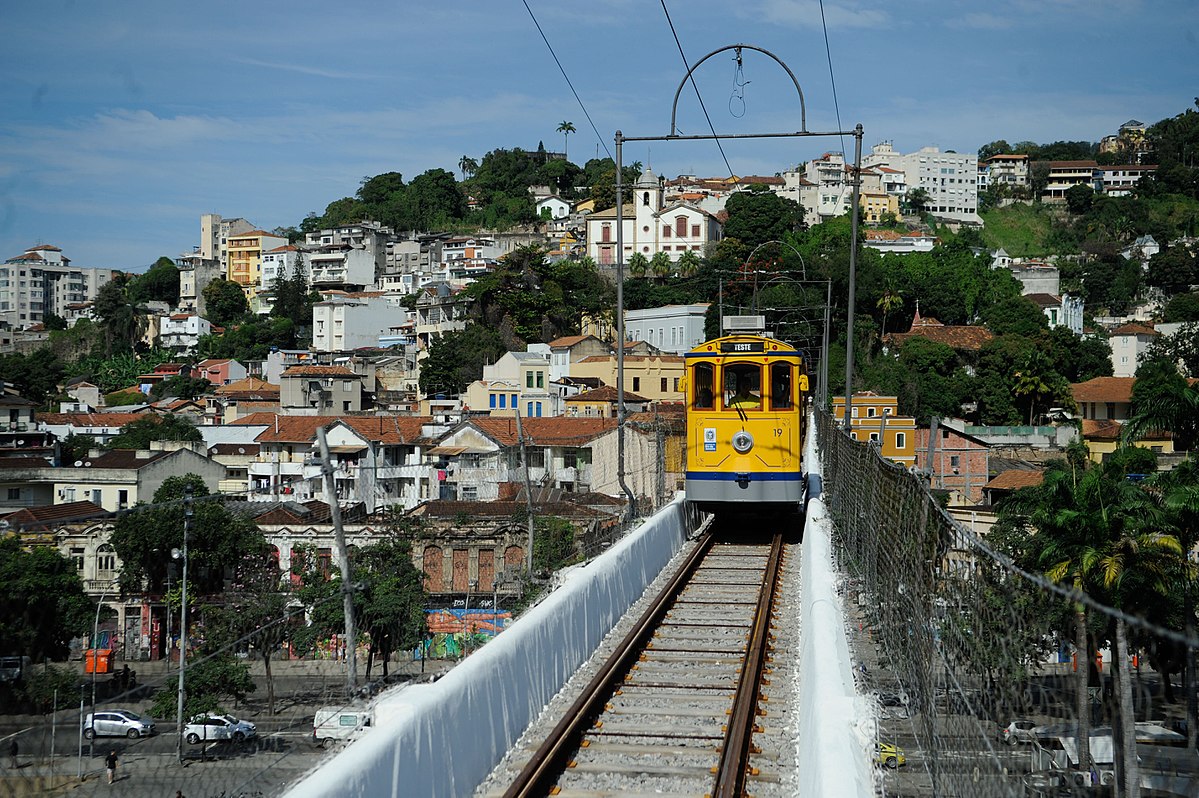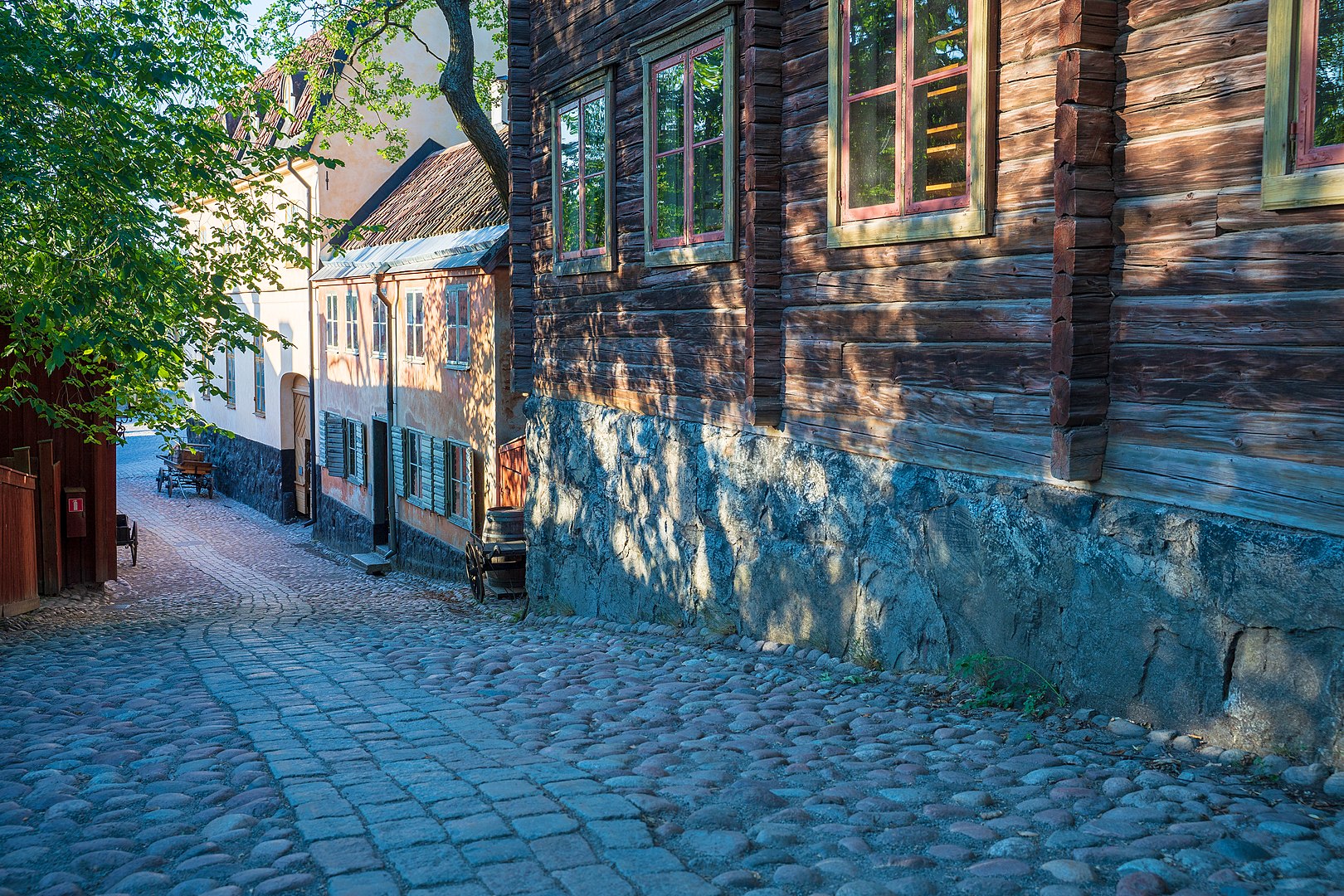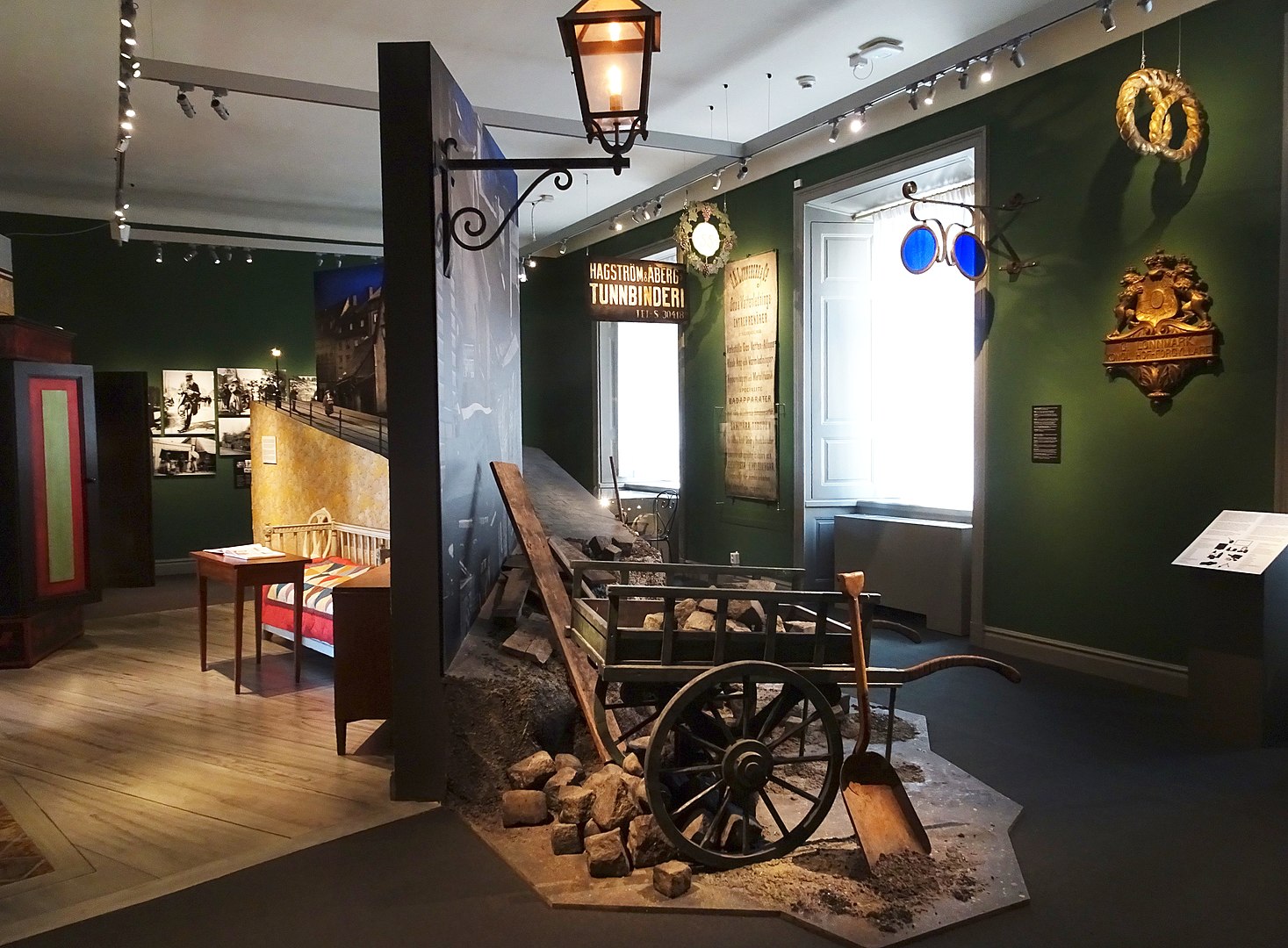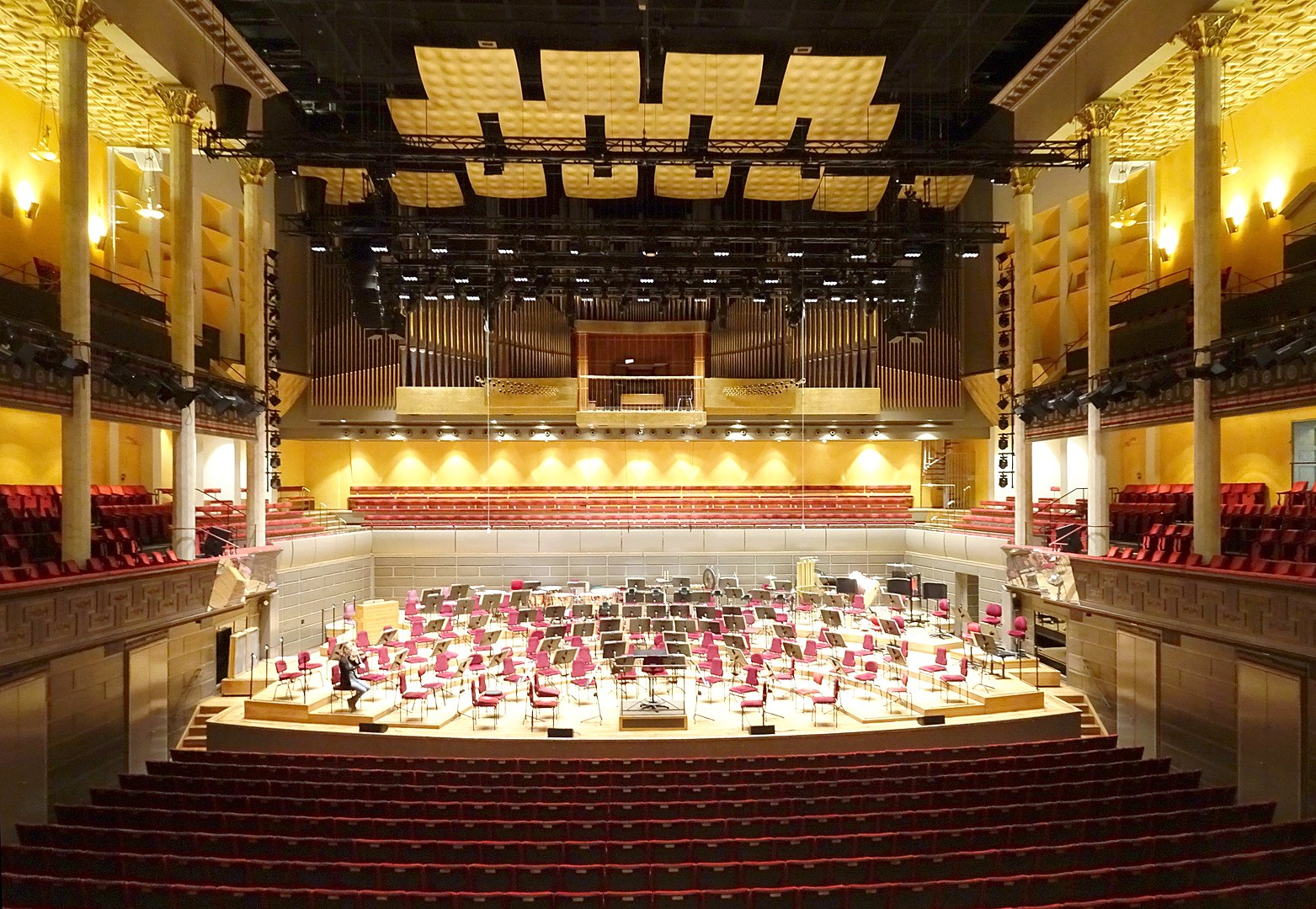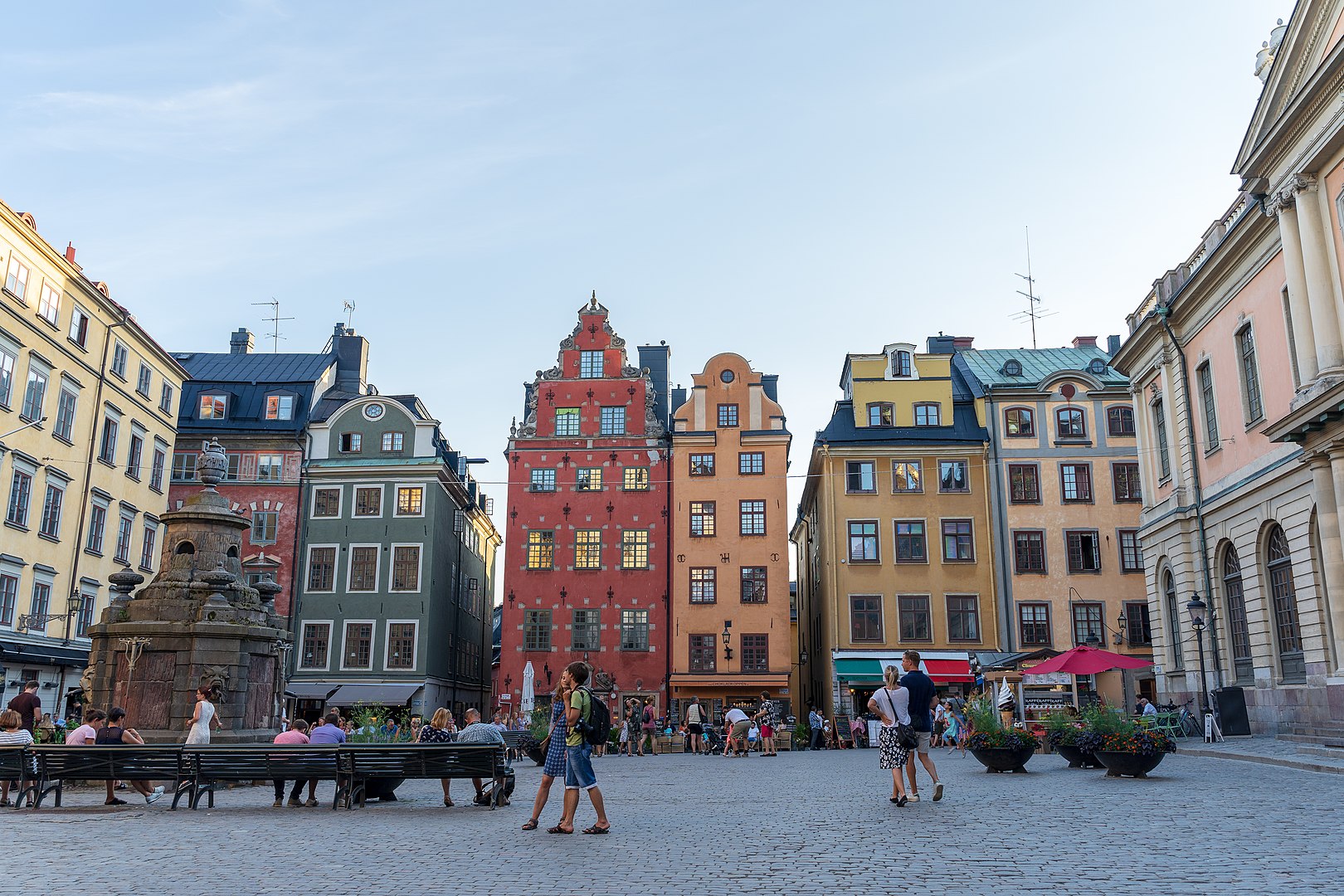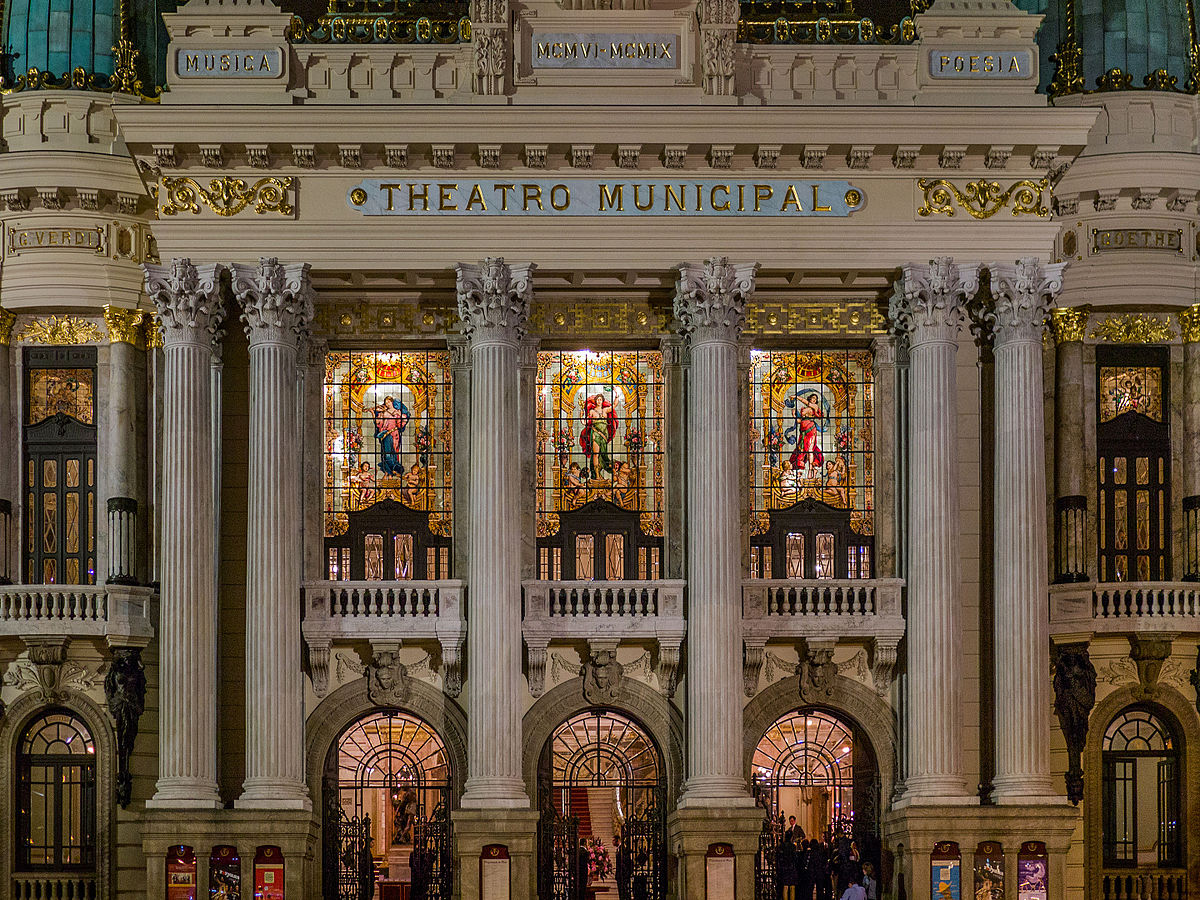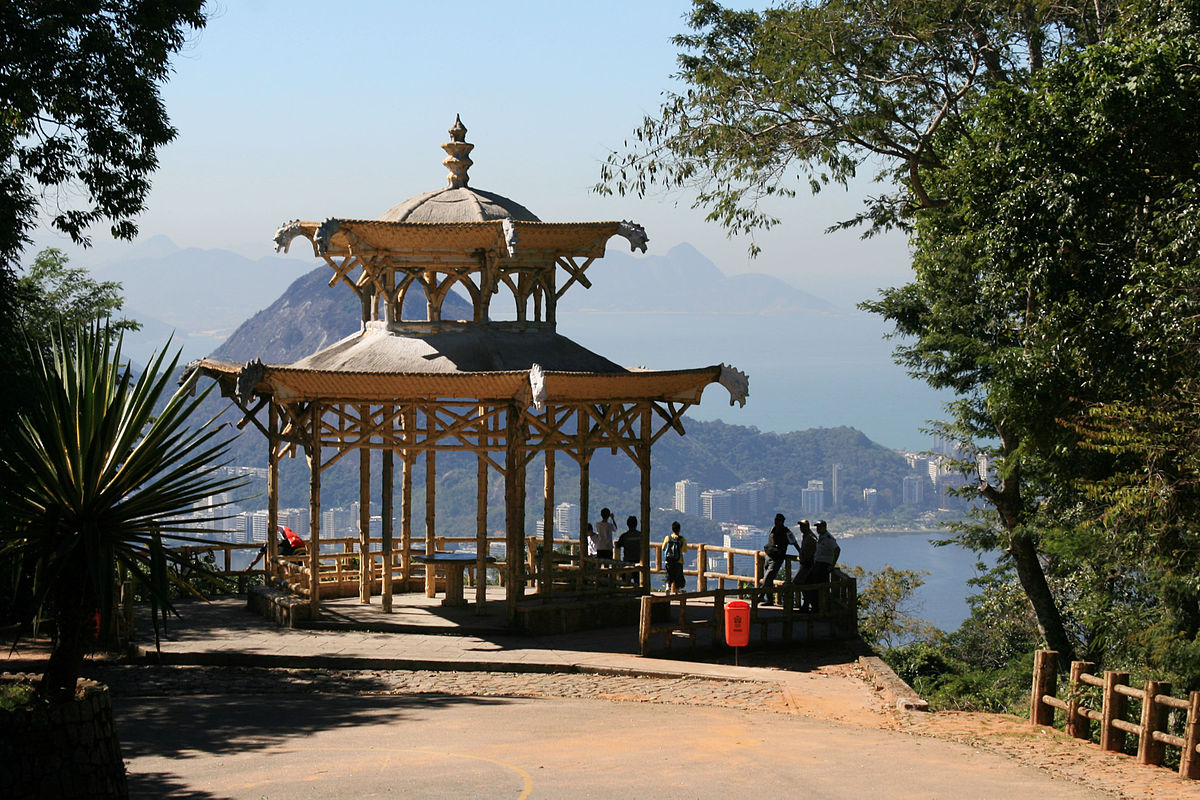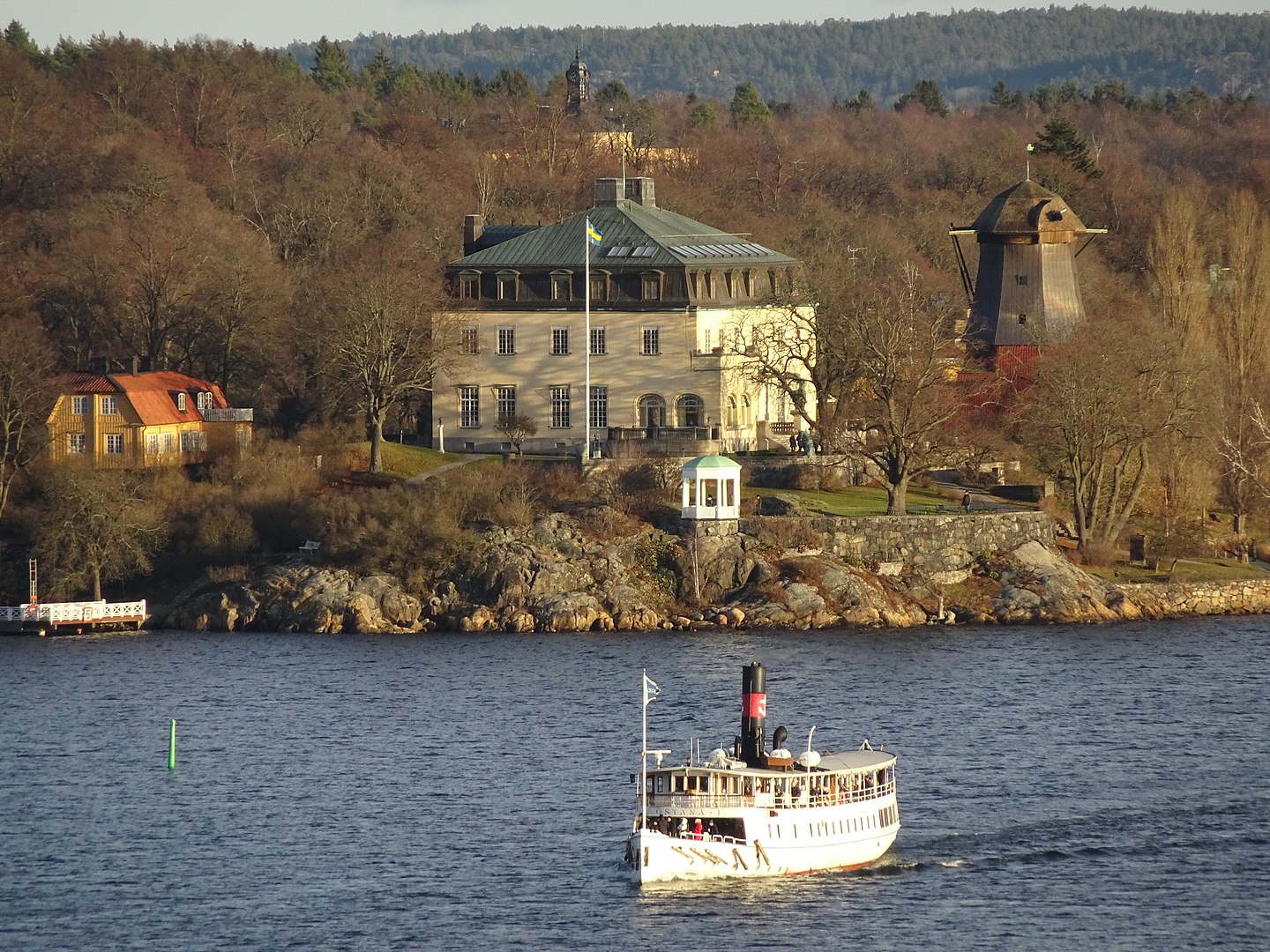RIO DE JANEIRO
Why is Rio de Janeiro worth a visit?
The world-famous beaches of Copacabana and Ipanema, the imposing rocks of Sugarloaf Mountain and Corcovado with its impressive statue of Christ the Redeemer, the gigantic Maracanã Stadium, the legendary Carnival, the beautiful tropical landscape, the wonderful weather, the vibrant nightlife and all this garnished with lots of sunshine and good Brazilian mood. What more can you expect from a destination?
Here are our top 10 reasons to travel to Rio de Janeiro:
1. Rio is one of the most legendary and famous destinations in the world and is definitely one of the places you should see once in your life.
2. Rio has some of the most famous sights in South America. Where else do you get to see Sugarloaf Mountain, Corcovado, Christ the Redeemer, Copacabana and the Maracanã Stadium.
3. Rio’s sandy beaches are known all over the world. And if you limit yourself only to the beaches of Copacabana and Ipanema, you will miss out on many other beautiful praias.
4. Rio is a very photogenic city – and this is not only due to its inhabitants. Due to the many hills and mountains in the city area, there are countless viewpoints from which you can enjoy breathtaking panoramas of this beautiful city.
5. Rio is a very green city. With the Tijuca National Park, Rio de Janeiro has something unique in the world, and the largest inner-city national park in the world.
6 Rio is soccer. And in no other place can you feel that better than in the most famous soccer stadium in the world – the Maracanã.
7. The weather in Rio is simply wonderful. You can enjoy plenty of sunshine and extremely pleasant air and water temperatures all year round.
8. You can eat delicious food in Rio. The city is a melting pot of different cultures. Accordingly, the local gastronomic scene is very diverse.
9. Rio is a great place to party. The city’s nightlife is legendary and in the bars, clubs and discos people dance as hard and party as long as in hardly any other place in the world. And to top it all off, Rio is also home to the world’s most famous carnival.
10. And last but not least, of course, the Brazilian attitude to life. The fun-loving, positive attitude of most Cariocas (residents of Rio) is absolutely infectious and makes you quickly forget your own everyday worries.
For whom is Rio de Janeiro worth a visit?
Sightseers:
Sugarloaf Mountain, Corcovado, Christ the Redeemer, Copacabana, Maracanã Stadium – if you want to see the city with the most and the most famous sights in South America, you can’t miss Rio de Janeiro.
Sunworshipers and beach lovers:
Rio has both to offer – plenty of sunshine hours and fantastic beaches. Those who want to sunbathe on the beach in Rio are spoiled for choice. The legendary beaches of Copacabana and Ipanema are just two of a multitude of magnificent sandy beaches.
Amateur photographers and fans of views:
Rio is a very hilly city. Accordingly, there are many viewpoints from which you can enjoy magnificent panoramic views of the city and its surroundings. The Corcovado and the Sugarloaf Mountain are only the two most famous.
Hikers and climbers:
Rio is not only a very hilly city, but also a very green one. So if you like walking, hiking and climbing in the greenery, you will find a variety of trails and routes with different levels of difficulty in the city.
Soccer fans:
The Cariocas are crazy about soccer. If you want to experience this soccer craziness live, you should visit a home game of a local club. The best place, of course, is the legendary Maracanã Stadium.
Party people:
In Rio, the party goes on in the evenings. The city’s nightlife is legendary and in the bars, clubs and discos people really party to Brazilian and international rhythms.
Carnival revelers:
Next to Venice, the carnival in Rio is the most famous in the world. So if you want to get out of the Rhineland and immerse yourself in the colorful and rhythmic world of samba dancers, Rio is the place to be.
Best time to travel
Rio de Janeiro is one of the places in the world that is a great destination all year round. In which month you travel to the city of Sugarloaf Mountain and the Copacabana ultimately depends on your personal weather preferences. The climate in Rio is subtropical. This means that it is relatively warm all year round, but also humid. And since Rio de Janeiro is located in the southern hemisphere, the seasons are reversed from our latitudes. If you want pleasant temperatures and less rain, you should travel to Rio in the Brazilian winter (i.e. our summer). In the months of June to September, daytime temperatures are around 25 degrees. In addition, it rains much less during this period than during the rest of the year. If you prefer it warm, you should go to Rio in the Brazilian summer (our winter). Then the temperatures are usually around 30 degrees. But the advantage of the warmth is bought with the disadvantage of significantly more rainy days. As far as swimming is concerned, water temperatures in Rio are very pleasant all year round. In the Brazilian summer they are 25-26 degrees and in winter 22-23 degrees.
Getting there
By car:
Inaccessible from Europe.
By train:
Inaccessible from Europe.
By plane:
The international airport of Rio de Janeiro is not very big. Therefore, there are not that many direct connections to Europe. From Frankfurt/Main you can fly daily to Rio. Otherwise, there are no direct flights to any other German airport. There is a direct flight to Zurich twice a week. Alternatively, you can change planes in Amsterdam, London, Paris or Rome. There are also daily direct flights to Rio de Janeiro from these cities. Another alternative would be a stopover in Sao Paolo, the largest international airport in Brazil.
Shopping
Rio de Janeiro is more of a destination visited for its sights, its beaches, its atmosphere and of course its carnival. But of course, in a world metropolis like Rio, you can also shop very well. Especially antiques, jewelry and of course swimwear and beachwear are popular shopping items among tourists.
The shopping opportunities are widely spread in Rio. The main shopping streets of the tourist strongholds on the Atlantic Ocean are Nossa Senhora de Copacabana and Bara Ribeiro Street (in Copacabana), Rua Garcia d’Avila, Rua Maria Quiteria and Visconde de Piraja Street (in Ipanema) and Ataulfo de Paiva Avenue (in Leblon). By the way, a very charming shopping district is Santa Teresa. Especially for art lovers, the many studios and galleries in this hilly neighborhood are a real treasure trove.
Equally known and loved by locals and tourists are the many markets of Rio de Janeiro. They are colorful and fun places in which to browse and shop excellently. Probably the most famous of all the markets in Rio is the Hippie Fair, which sets up its stalls every Sunday in Ipanema. If you’re looking for handicrafts and souvenirs, you’re sure to find what you’re looking for at the more than 700 market stalls. The largest daily market in Rio is the Mercado Uruguaiana in the city center. From clothing to electronics and jewelry to (almost) all everyday goods, you can find just about anything at this market. And antique lovers should definitely visit the Rio Antiques Fair on Rua do Lavradio in the center. Here, on the first Saturday of every month, you can browse through antique treasures.
There are also plenty of shopping malls in Rio. Those who prefer to shop in an air-conditioned atmosphere should head for the central district of Botafogo, where Praia de Botafogo Shopping and Shopping RioSul are two of the city’s largest shopping centers. If you like shopping in a typical American mall atmosphere, you should head to the Barra da Tijuca district in the south of Rio. Here, the Village Mall, Barra Shopping and the New York City Center are located next to each other.

Food and drink
Brazil is a multi-ethnic country with a very colorful population that comes from the most diverse regions of the world. Accordingly, the country’s cuisine is also colorful and diverse. This is especially true for the metropolis of Rio de Janeiro, where immigrants from all over the world have always settled. Rio’s gastronomic scene is therefore a mixture of African, German, Italian, Latin American, Portuguese and even Japanese influences.
When traveling to Rio, one should of course try the Brazilian national dish Feijoada. This is a thick stew of black beans, in which the country’s slaves once mixed all the ingredients left over on their masters’ table. To this day, every conceivable meat ingredient is mixed into a feijoada, from pig ears and tails to paws and pancetta. Today, of course, feijoada is no longer a poor man’s food, but is prepared in many restaurants with better cuts of meat. The stew is usually served with rice, farofa (cassava flour) and a type of kale.
In Germany, Brazilian restaurants are known for their meat-heavy dishes. In the famous Rodízios, you get an all-you-can-eat meat buffet for a flat rate that leaves no meat lover hungry. Of course, there are also plenty of churrascarias in Rio de Janeiro where you can eat meat without end.
As is well known, Brazil is a tropical country with incredibly fertile soil where just about everything grows. In this respect, Brazilian cuisine naturally benefits from wonderfully fresh fruits and vegetables all year round. Bananas and mangos, pineapples and papayas, oranges and passion fruit, melons and coconuts – the variety of tropical fruits knows no bounds and finds its way into many dishes.
Meal times in Brazil are somewhat different than in our country. Lunch is often taken relatively early (between 11:30 and 12 o’clock). Restaurants with a lunch buffet are particularly popular. Very often you serve yourself at a buffet; you pay by the weight of the plate (“a kilo” is what they call it). Dinner tends to be eaten a little later (usually after 8 p.m.). It is practical that most restaurants are open throughout the day. So if you get hungry in the afternoon, you will definitely not starve in Rio.
In addition, there is a so-called Lanchonete (snack bar) or the stall of a flying merchant on almost every street corner in Rio for the small hunger in between. Here you can get fresh juices, sandwiches or something typically Brazilian, such as filled cassava pancakes (tapioca), in oil fried filled dumplings (pastel) or with chicken fricassee or shrimp paste filled pies (empadas).
In terms of drinks, most Germans will feel very much at home in Rio, as Brazilians are equally enthusiastic beer drinkers. But unlike us, the beer is served ice cold in small glasses. The best place for a cold beer are the simple bars called botecos. In these you always get an offer of little things to eat (so called petiscos or tira-gostos). And of course, a visit to a bar in Rio also includes a typical Brazilian cocktail such as a Batida de Côco or a Caipirinha.
For those who prefer anti-alcoholic drinks, Rio de Janeiro naturally offers excellent suco (fruit juice), água de côco (green coconut juice) and caldo de cana (freshly squeezed sugar cane juice) due to the large supply of tropical fruits.
Nightlife and entertainment
Rio de Janeiro’s nightlife is legendary – after all, the Cariocas (inhabitants of Rio) know how to dance and party. And above all, partying in Rio is absolutely contagious, because the Brazilians’ positive attitude to life is quickly transmitted to visitors to the city. So if you want to forget your everyday worries, Rio’s nightlife is the place to be. The nightlife of Rio de Janeiro has something to offer for every taste – no matter if you are more interested in theater, opera and concerts or if you prefer to go drinking and dancing.
In general, the nightlife in Rio de Janeiro starts a little later than in our latitudes. Since the Cariocas usually sit down to dinner between 8 and 9 p.m., the following evening program also starts a little later. Therefore, you don’t have to go to a club before midnight (unless you want to have the dance floor to yourself).
Famous nightlife areas are the wealthier neighborhoods and tourist strongholds on the Atlantic coast, such as Copacabana, Ipanema and Leblon. Here countless bars, restaurants, clubs and discos are lined up and one is spoiled for choice in terms of the right location. Another very popular nightlife district is Lapa in the city center. Lapa is the hotspot of Rio’s music scene. Here you will find not only a lot of samba venues, but also clubs and discos for almost every imaginable music and dance style. Just above Lapa is the artists’ district of Santa Teresa. There is also a lot of music to be heard in the evenings.
Sights
- All in Rio de Janeiro
- Alle in Stockholm
- Beaches
- Bridges
- Castles & Palaces
- Churches & Monasteries
- Districts
- Gardens & Parks
- Highlights
- Historical buildings
- Museums & Galleries
- Natural landscapes & National parks
- Other sights
- Shopping
- Streets & Squares
- Theater & Opera houses
- Theme & Amusement parks
- Viewpoints
- World Heritage Sites
- Zoos & Aquariums

Photos: Kael Consorte Alves Tenório, 2017 fotos Kael 380, CC BY-SA 4.0 / Herbert tavolaro, Cristo de Braços Abertos, CC BY-SA 4.0 / Jovica Trajkovski, Copacabana, Rio de Janeiro, Brazil – panoramio, CC BY-SA 3.0 / Ian Gampon from NYC, USA, Carnival of Rio de Janeiro 2011 – (6776054356), CC BY 2.0 / Leandro Neumann Ciuffo, Maracanã stadium, CC BY 2.0 / Anacarla az, Floresta da Tijuca e Pedra da Gávea, CC BY-SA 3.0 / Tânia Rêgo/Agência Brasil, Teste do Bonde de Sta Teresa 01, CC BY 3.0 BR / Ana Carolina do Nascimento Guimarães, A bela vista do Cristo, CC BY-SA 3.0 / Caioviniciuscosta, Parque lage 4 – Caio Araújo fotografia, CC BY-SA 4.0 / Rodrigo Soldon from Rio de Janeiro, Brazil, Marina da Glória 1, CC BY 2.0 / Walter Britto Gaspar, Theatro Municipal do Rio de Janeiro, fachada, CC BY-SA 4.0 / Donmatas, Escalera Seleron, CC BY-SA 4.0 / Paulo JC Nogueira, Paço Imperial, Rio de Janeiro – RJ – panoramio, CC BY-SA 3.0 / Domínio Público, Museu do Amanhã 05, CC BY-SA 4.0 / Filipo Tardim, Museu Imperial 03 (cropped), CC BY-SA 4.0 / Brunno Rôlo, Vista do arpoador, CC BY-SA 3.0 / Edgar Jiménez from Porto, Portugal, Bondinho (8067306148), CC BY-SA 2.0 / Fwellisch, Corcovado – Vista Aterro do Flamengo, CC BY-SA 3.0 / Deniltonlima, Pedra do Arpoador RJ 04, CC BY-SA 3.0 / Rosino, Rio night (1), CC BY-SA 2.0
English version: Machine translation by DeepL







